Special Report
57 Fascinating Facts About the Titanic
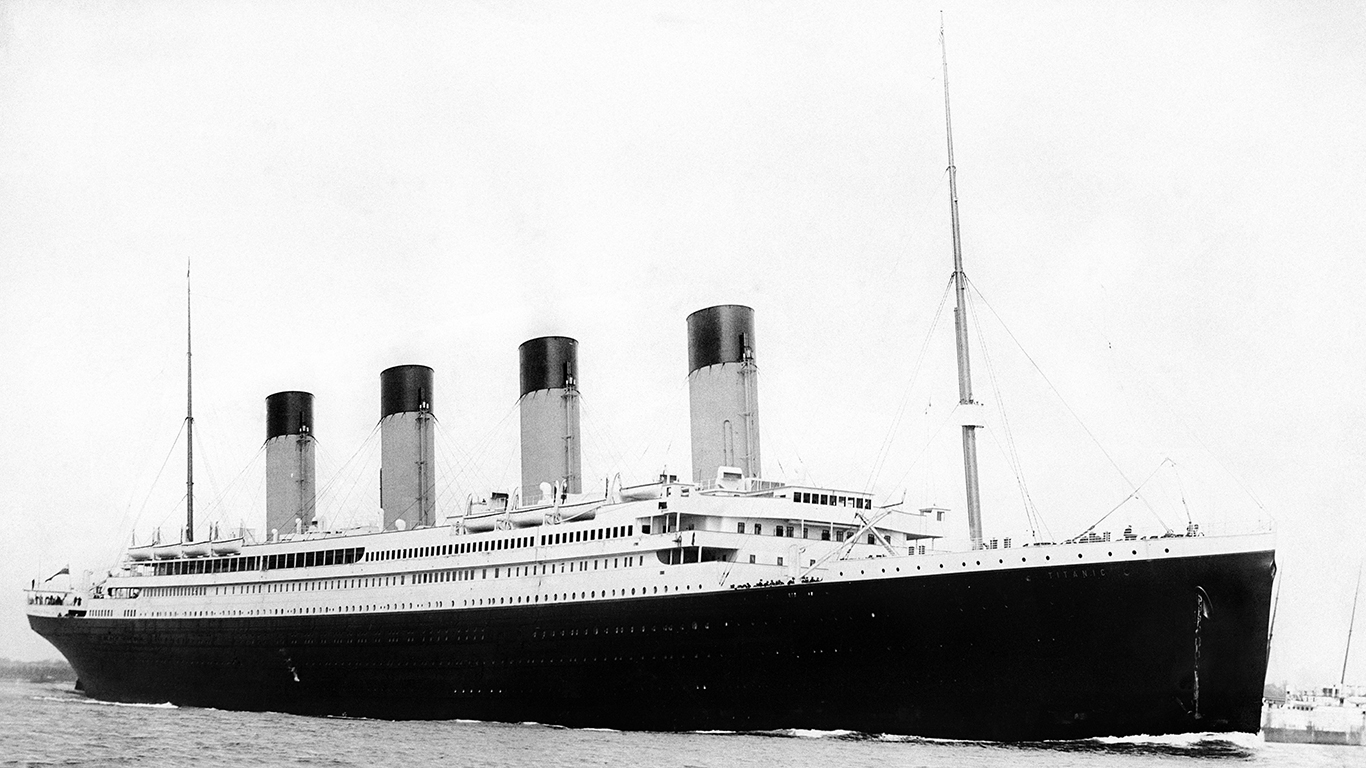
Published:
Last Updated:

This weekend marks the 107th anniversary of the sinking of the Titanic, which claimed the lives of more than 1,500 people. It was among the worst maritime disasters in history. The ship was only five days into its maiden voyage to New York from Southampton, England, when it struck an iceberg on a moonless night in the North Atlantic Ocean.
The catastrophe has spawned countless books, documentaries, and movies. The sinking of the Titanic ended a gilded age and preordained a more turbulent era.
To identify 57 fascinating facts about the Titanic, 24/7 Wall St. compiled information about the ship from various sources, such as Smithsonian, Scientific American, and National Geographic magazines; archives.gov; history.com; and British and American media websites.
The remains of the Titanic were found in 1985 by Dr. Robert D. Ballard of the Woods Hole Oceanographic Institution in Massachusetts and a team of American and French researchers using sophisticated submersible technology, one of the most amazing achievements in climate science. The ship was discovered as part of a U.S. government mission, according to the National Geographic Museum exhibition “Titanic: The Untold Story” that was held last year.
In 1985, the U.S. Navy commissioned Ballard, who was also a commander in the Navy, to seek and assess the wreckage of the American nuclear submarines USS Thresher and USS Scorpion. The submarines sank in the North Atlantic Ocean during the Cold War, and the Navy wanted to gauge the possible environmental impact they had. Ballard suggested that the mission should also include the search for the Titanic, and the Navy agreed. After finding and exploring the submarines, Ballard searched for, and found, one of history’s most famous shipwrecks.
Today, people are still fascinated by the story of the tragedy. Director James Cameron’s 1997 film “Titanic” has grossed $2.2 billion worldwide, the second-highest gross all time behind “Avatar” (also directed by Cameron). “Titanic” is also one of the most expensive movies ever made.
Click here to read 57 fascinating facts about the Titanic.
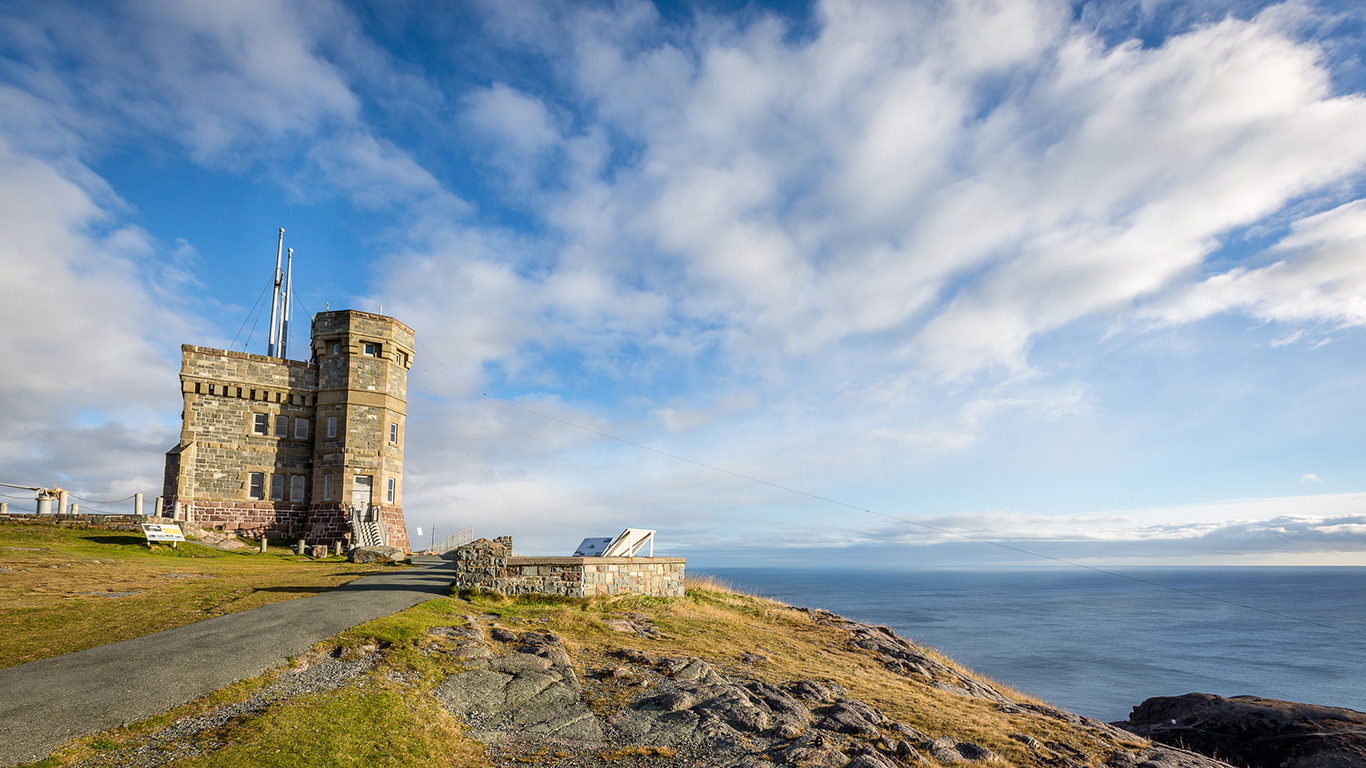
1. The Titanic lies 12,600 feet underwater
The ruins of the Titanic lie nearly 2.5 miles beneath the surface of the ocean, approximately 370 miles off the coast of Newfoundland, Canada. The ship broke in two, and the gap between the bow and the stern is about 2,000 feet in the sea bed.
[in-text-ad]
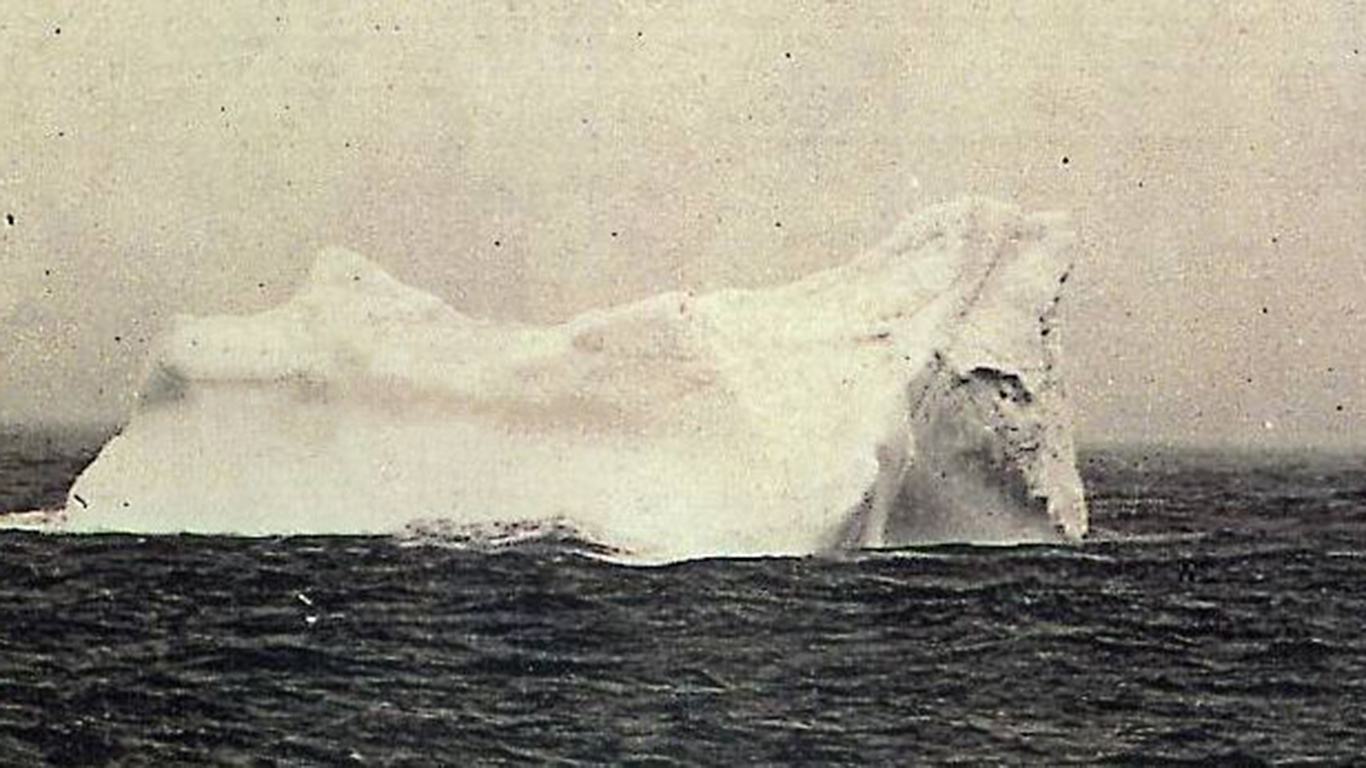
2. The iceberg that hit the ship may have jutted out 100 feet above water
The iceberg that collided with the Titanic is speculated to have been anywhere from 50 to 100 feet above water. The entire iceberg is believed to have been between 200 and 400 feet long.
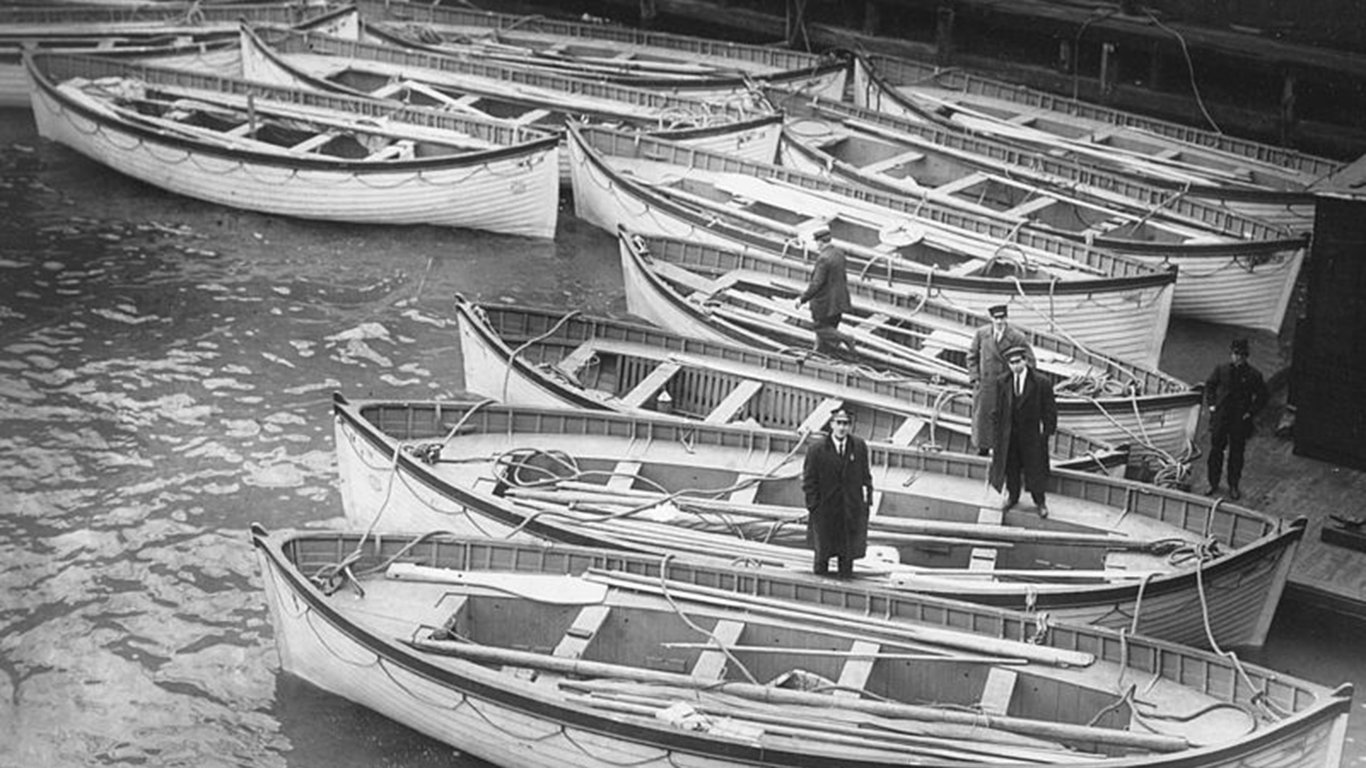
3. Over half the people on board could have survived if…
….all of the space available on the lifeboats was used.
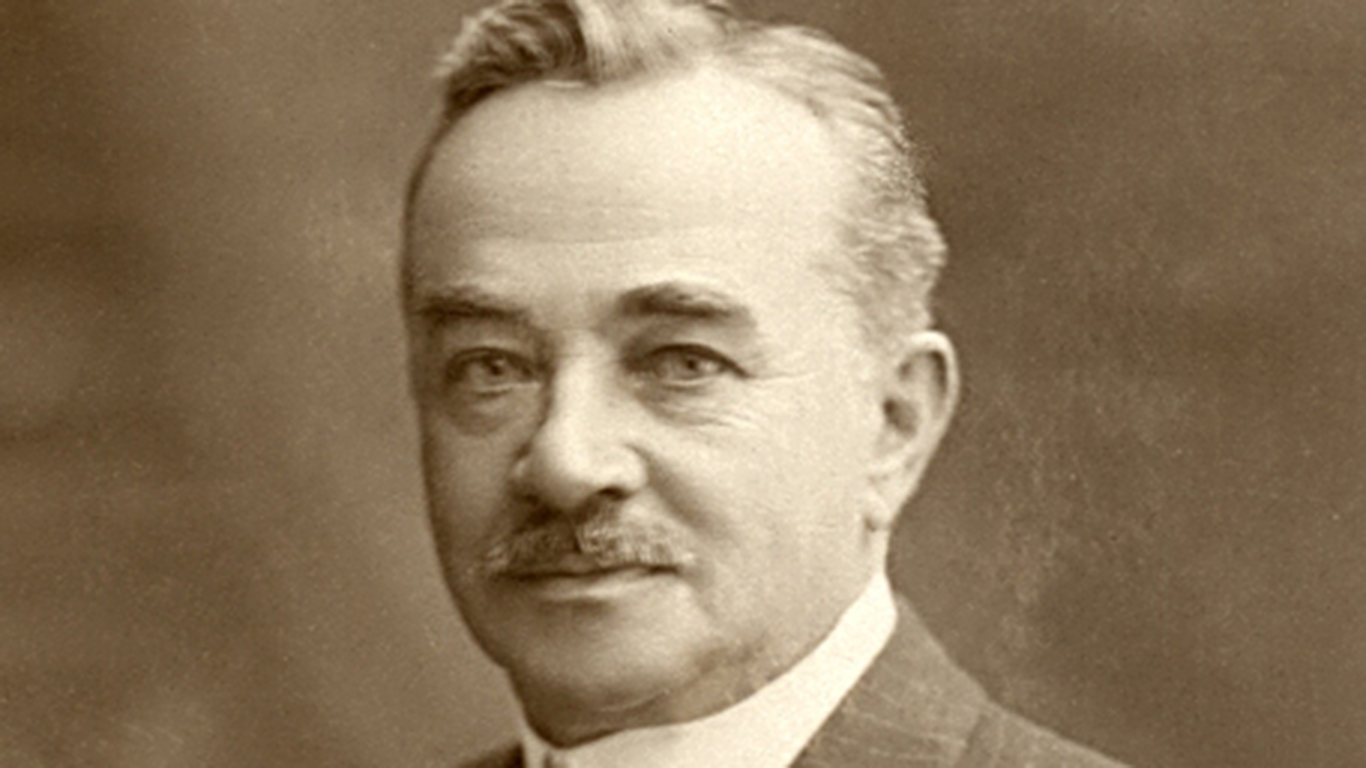
4. Milton Hershey was supposed to be on the Titanic
Milton Hershey, the man who invented the famed Hershey’s Milk Chocolate Bar, wrote a $300 check to reserve his stateroom on the RMS Titanic. Thankfully, business took precedence, and Hershey and his wife missed out on the excursion.
[in-text-ad-2]
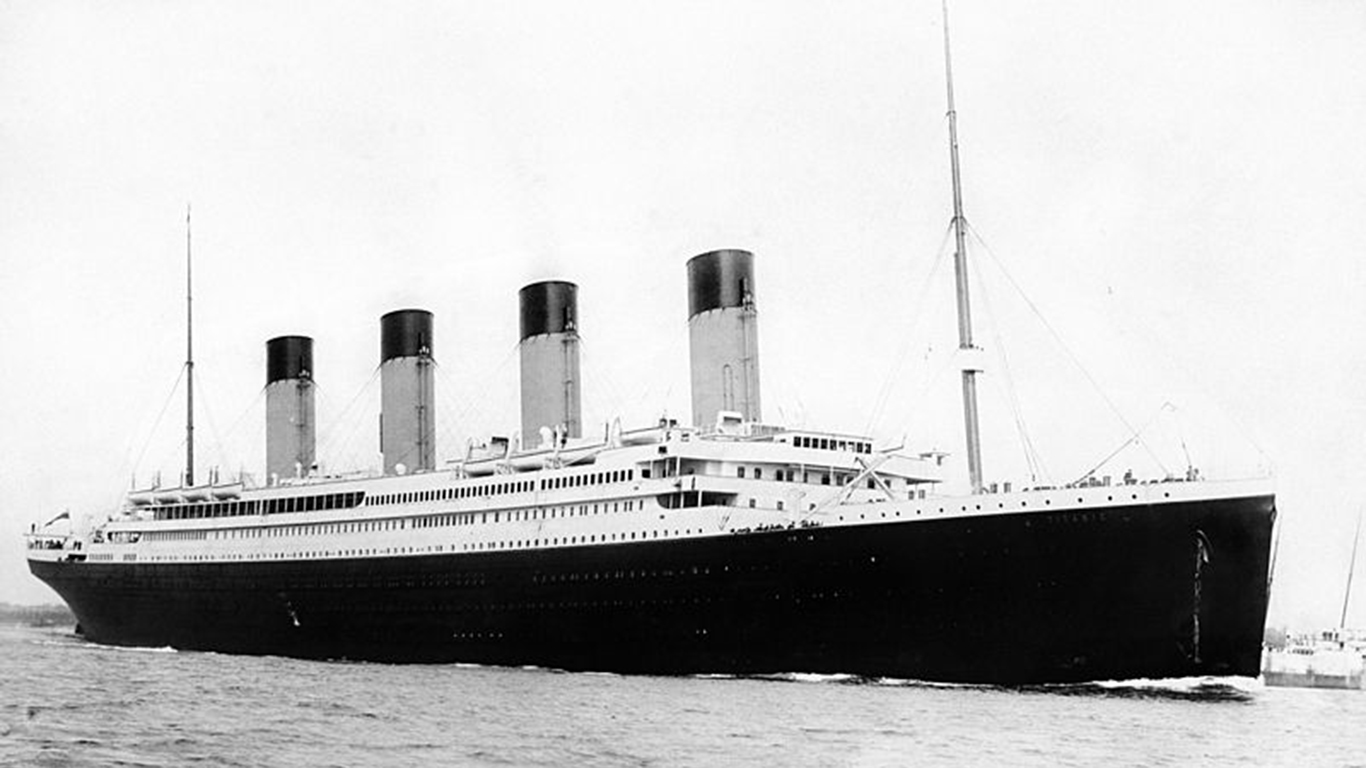
5. Only three of Titanic’s four funnels worked
The robust ship’s four funnels were partially for show — only three of the funnels ejected soot. The other was merely used for ventilation purposes, and undeniably added a certain majestic aesthetic to the ship.
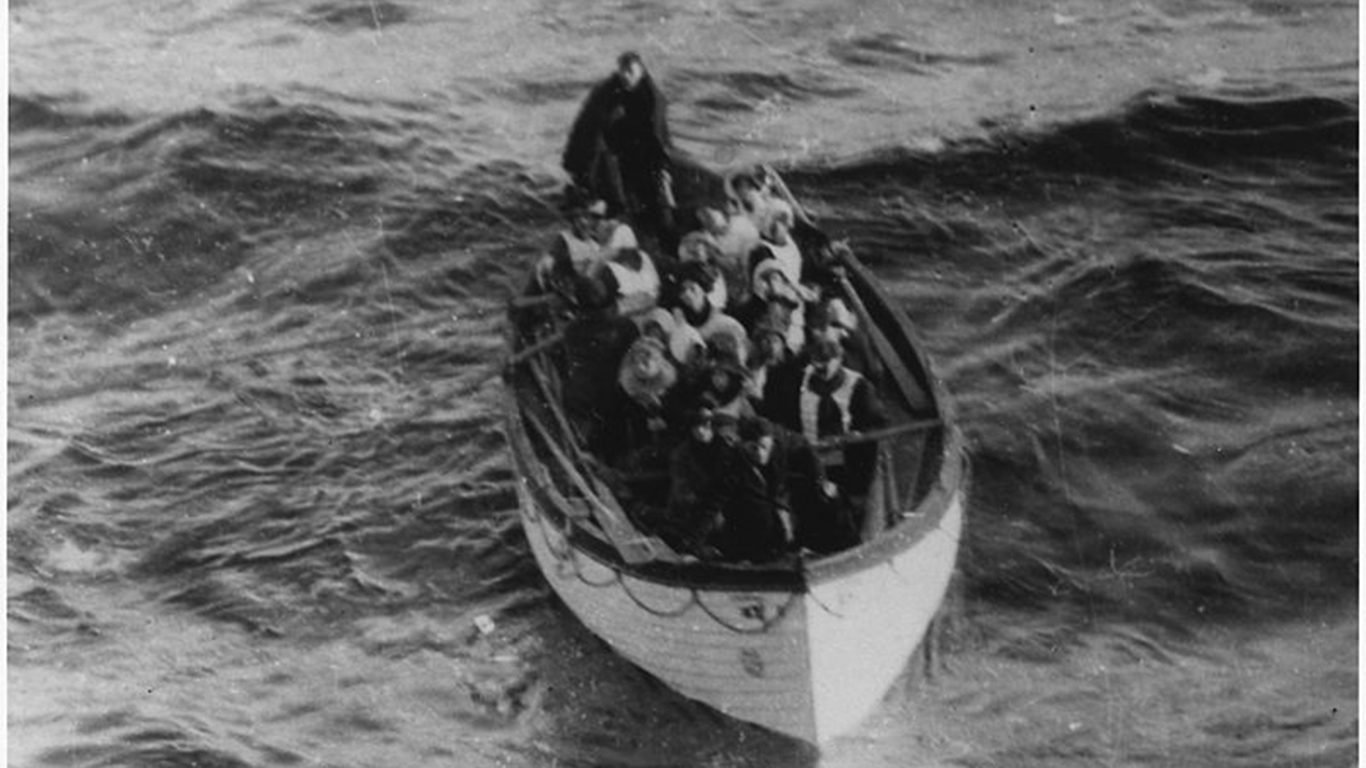
6. First lifeboat released an hour after the iceberg struck
It may seem like common sense for a ship to immediately release safety lifeboats upon hull breach. The Titanic, however, did not release its first lifeboat until an entire hour elapsed.
[in-text-ad]
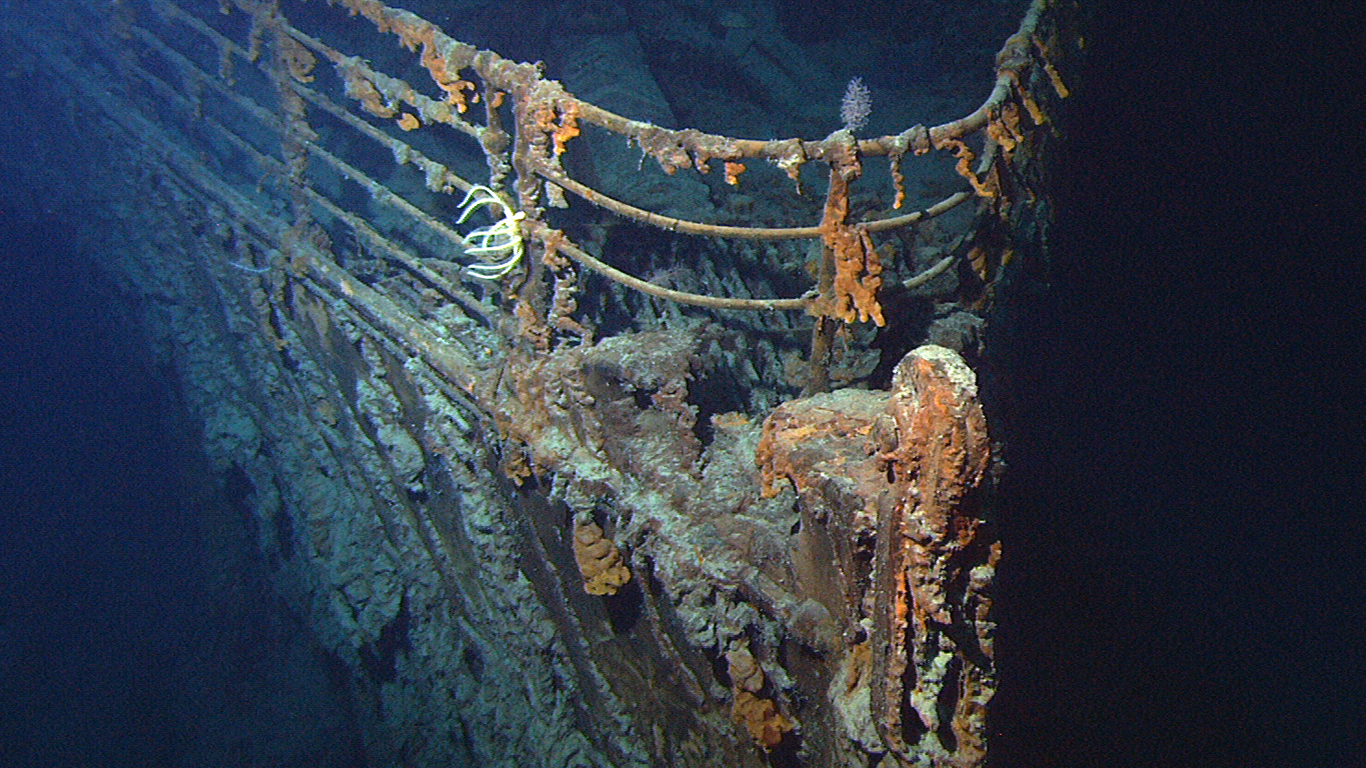
7. A specific bacteria is slowly consuming the wreckage
What remains of the Titanic at the bottom of the ocean will eventually be entirely eaten away by a rust-eating bacteria. This microorganism, named Halomonas titanicae by researchers from Dalhousie University, Canada and the University of Sevilla, Spain, can adhere to steel surfaces and forms the rusticles seen on the hull of the wreckage.
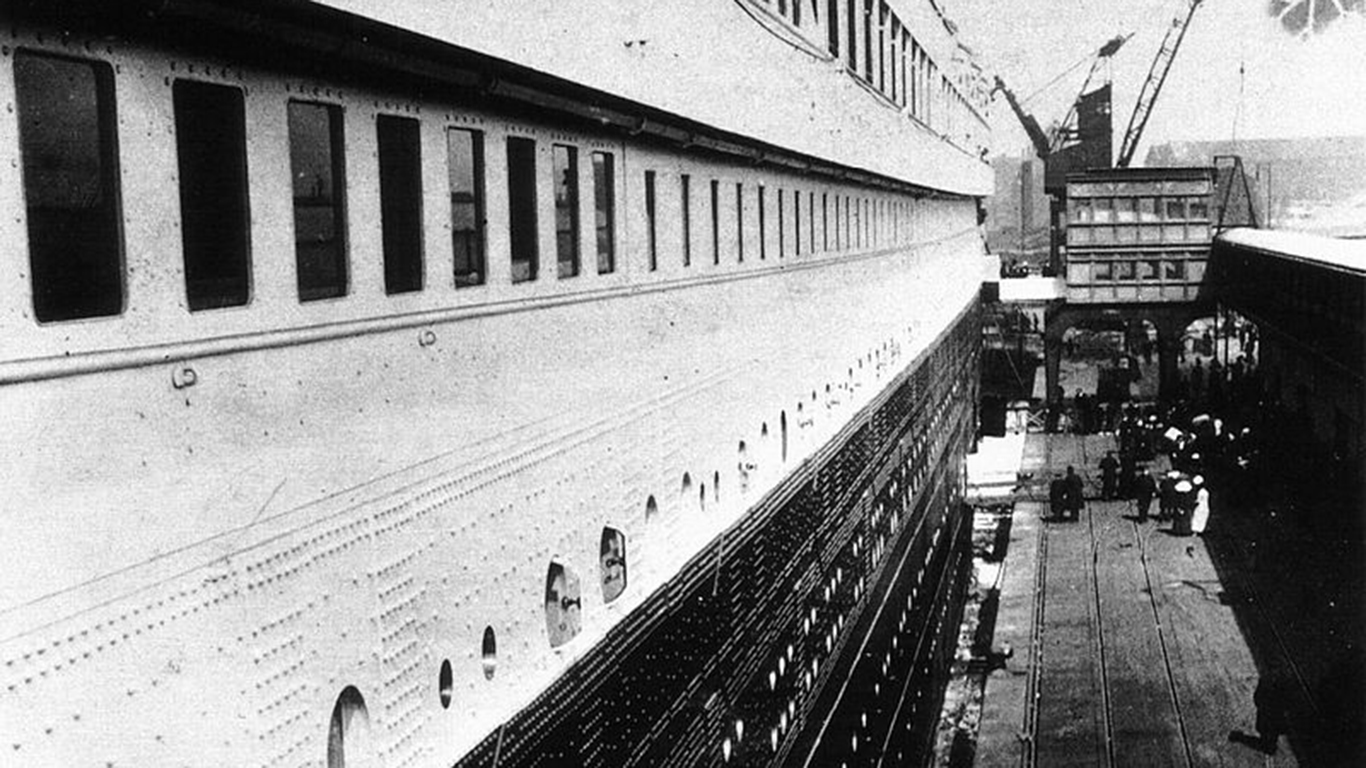
8. The ship carried 2,223 passengers and crew
Of the 2,223 people aboard the Titanic, 1,517 did not survive the collision with the iceberg. The ship was not even at full capacity — it could hold more than 3,500 people.
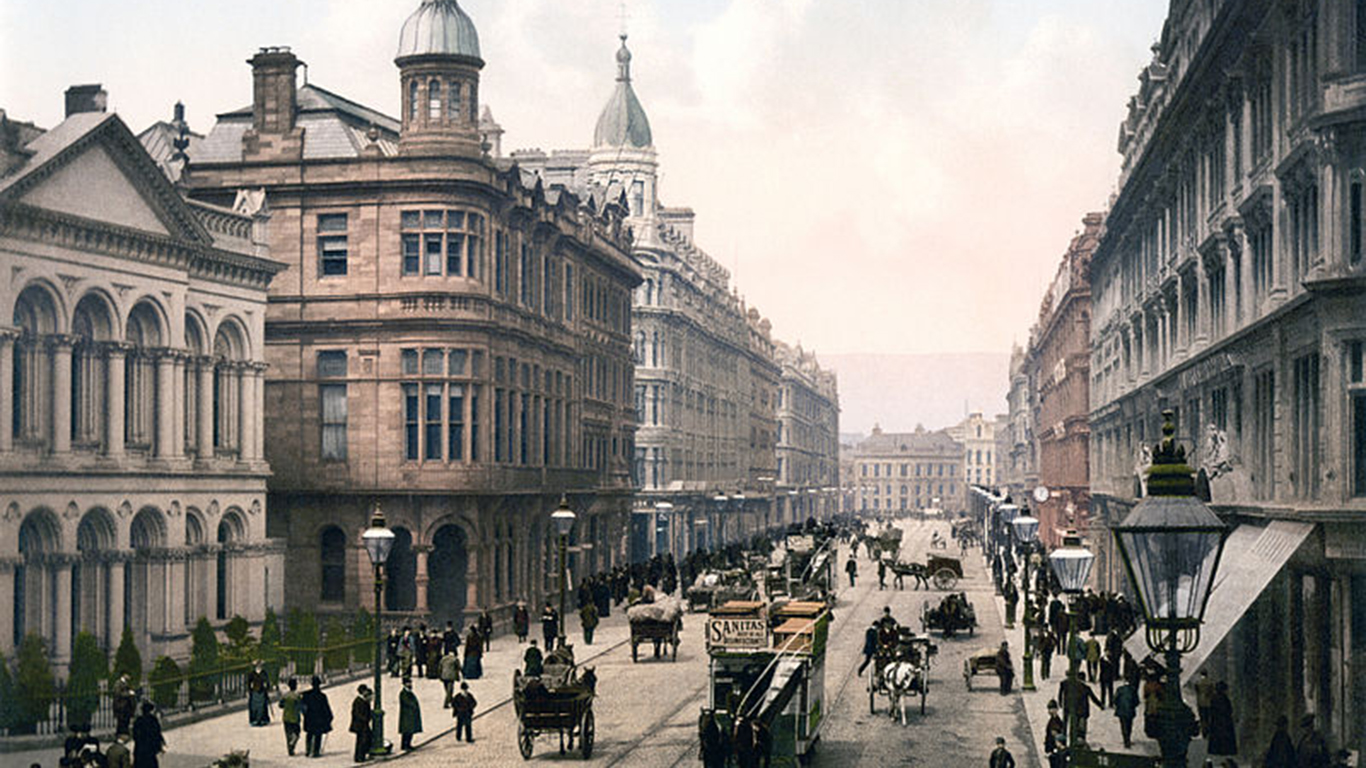
9. Some 100,000 people attended the ship’s launch
The first time the immense White Star liner made its way into the water was on May 31, 1911 in Belfast. It’s estimated that 100,000 people, or roughly one-third of the population in Belfast watched the just over a minute-long launch.
[in-text-ad-2]
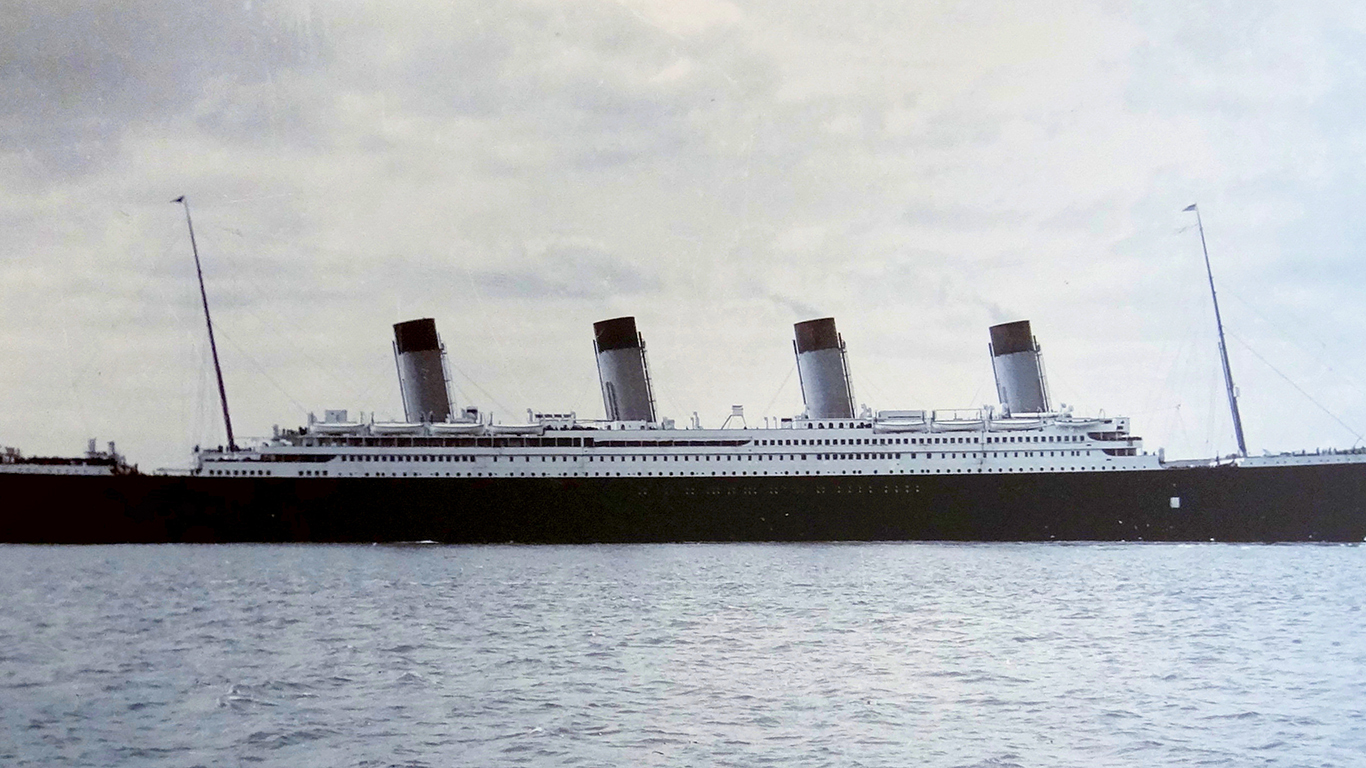
10. The ship was just under 900 feet long
The Titanic measured 882 feet and 9 inches in length, making it the biggest vessel of its time. Today, the largest cruise ship is Royal Caribbean’s Symphony of the Seas, clocking in at nearly 1,200 feet long.
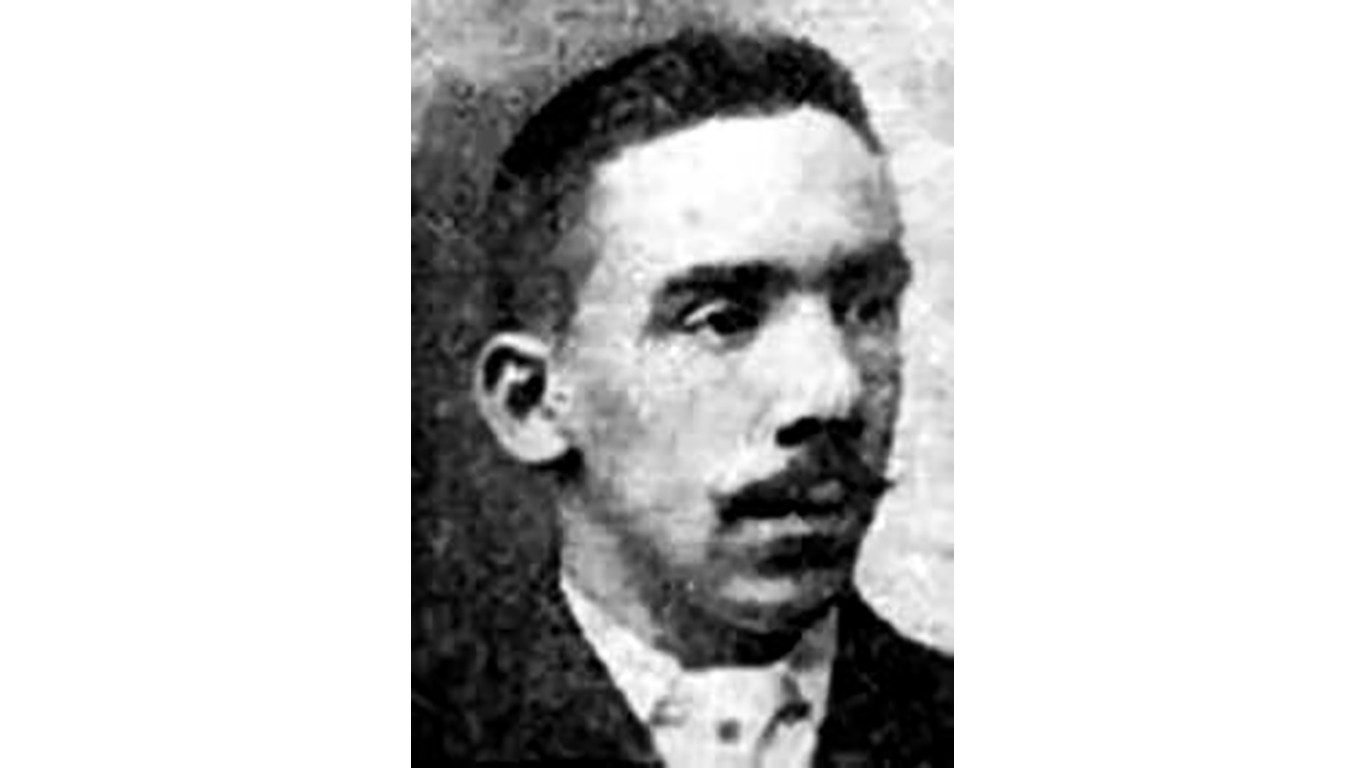
11. The ship’s chief baker treaded water for two hours before being rescued
The chief baker, Charles Joughin, supposedly treaded water for two hours before he was found. He claimed the copious amounts of whiskey he had consumed before the ship sank had kept his body warm enough to sustain the subfreezing water.
[in-text-ad]
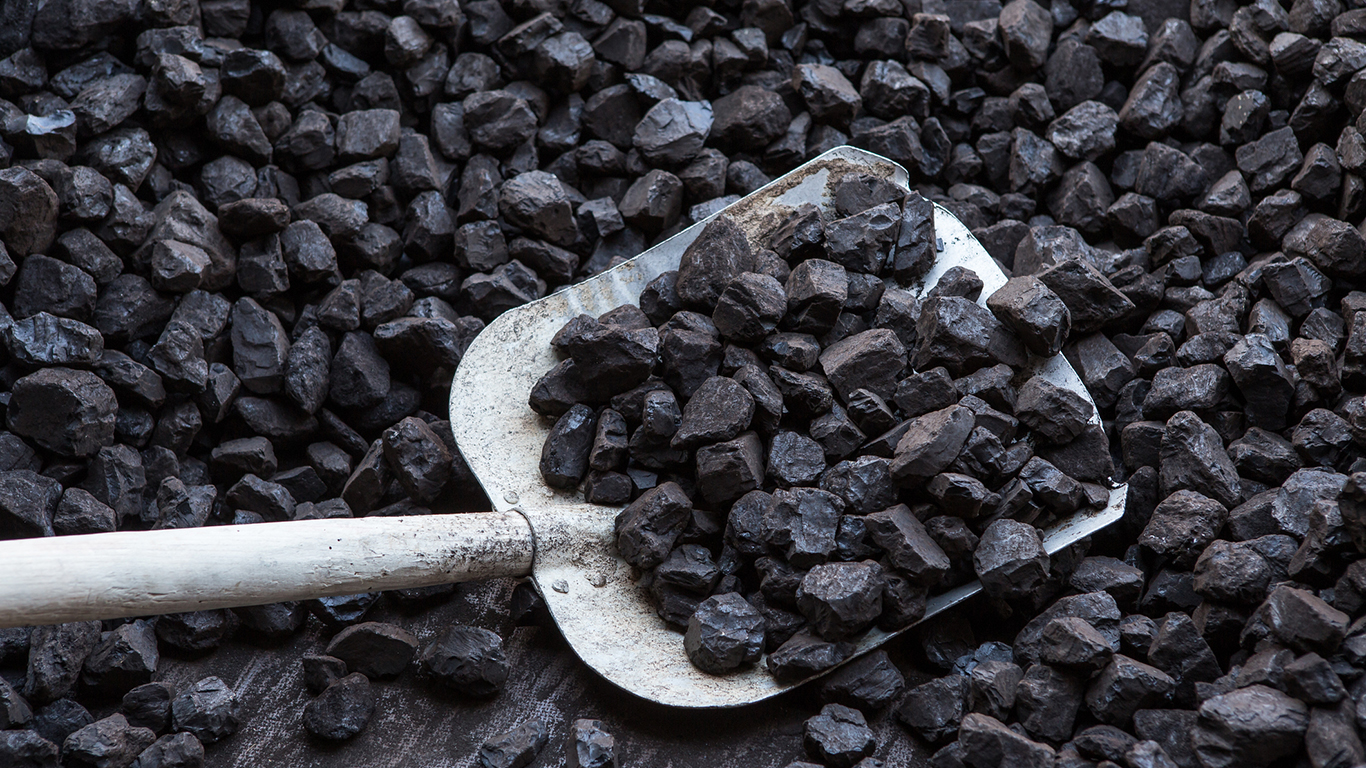
12. The ship burned an estimated 825 tons of coal per day
The Titanic was far from a light craft, weighing some 46,000 tons. This behemoth of a vessel burned a reported 825 tons of coal per day in 159 furnaces that heated 29 boilers.
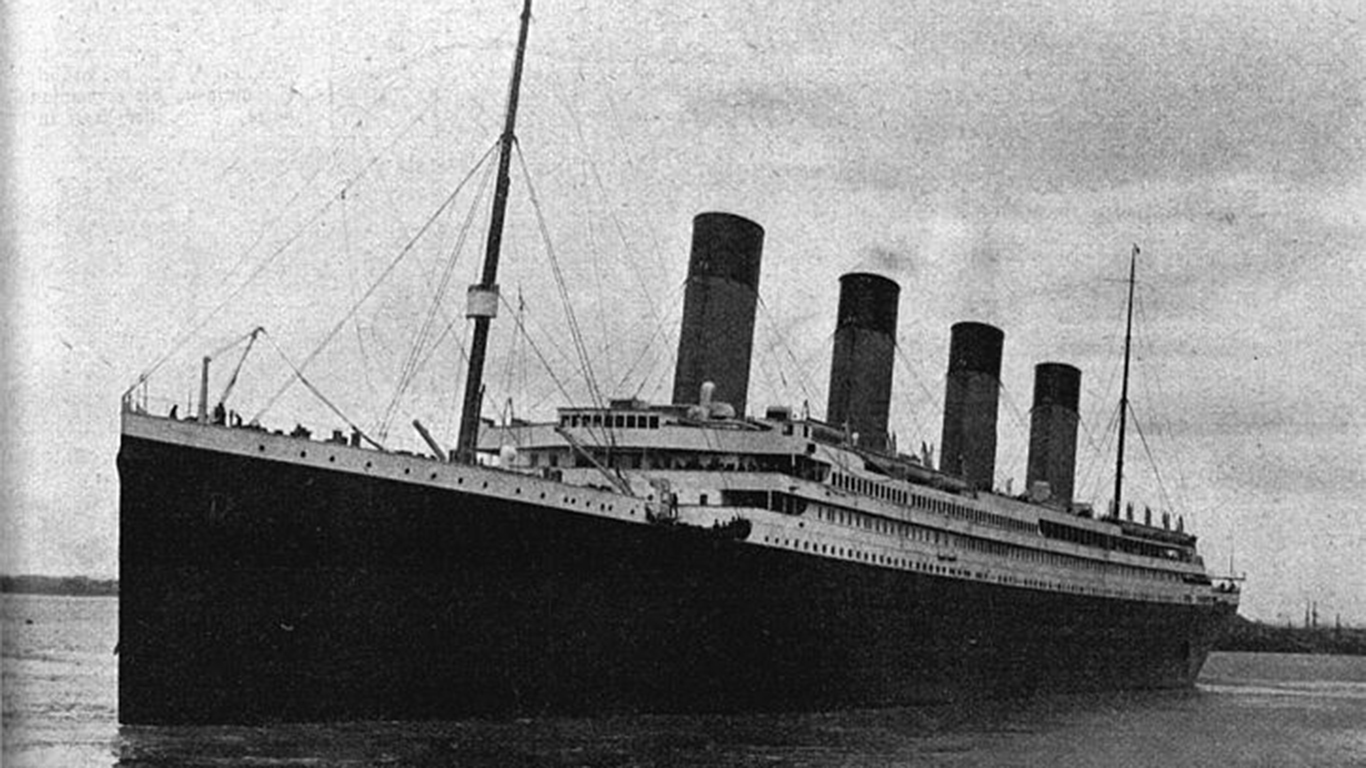
13. The ship cost over $7 million to construct
The giant vessel cost $7.5 million to build in the early 20th century, which would be equivalent to $183.4 million today.
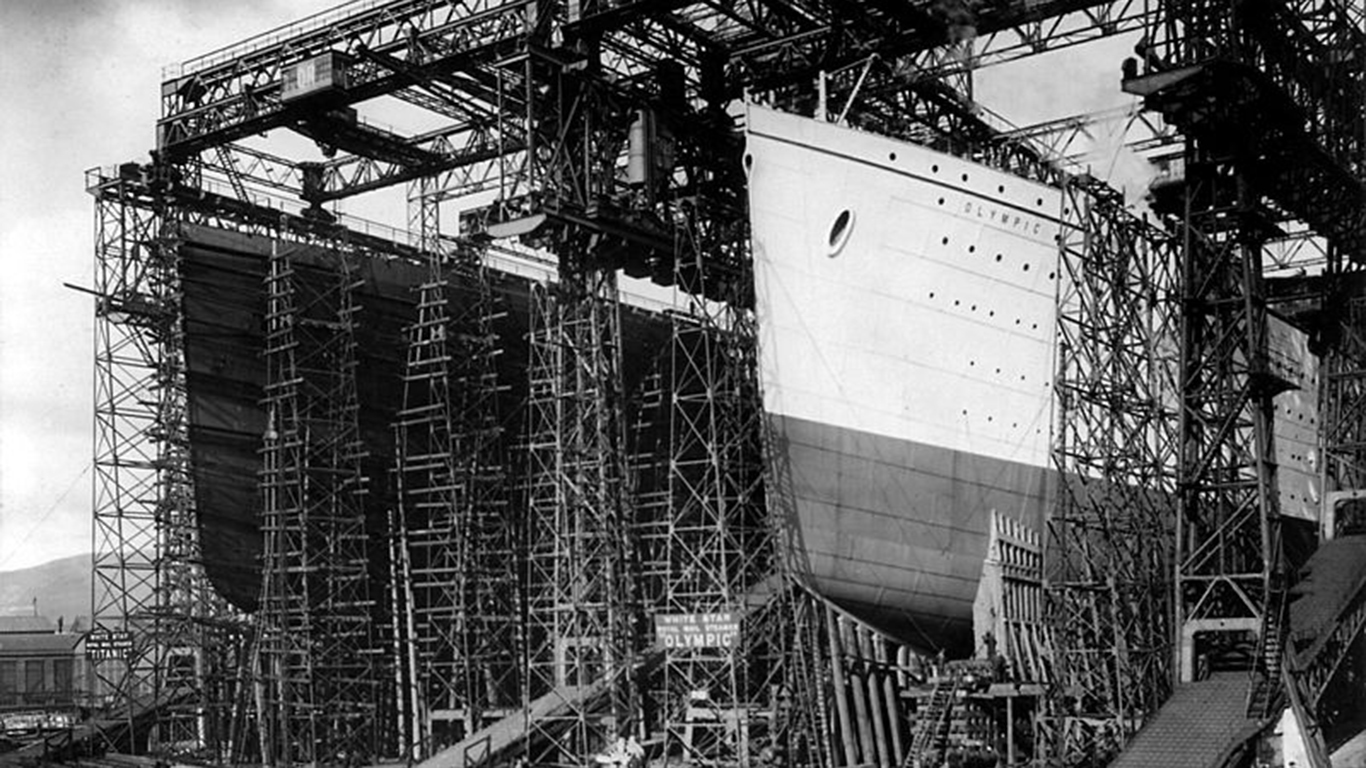
14. Two workers died while building the ship
We know for certain that two workers died during construction of the ship, but there might have been others who were killed. Samuel Joseph Scott, 15, fell from a ladder and fatally fractured his skull. James Dobbins was squashed by timber that fell while transporting the Titanic from the shipyard to the dock where it launched.
[in-text-ad-2]
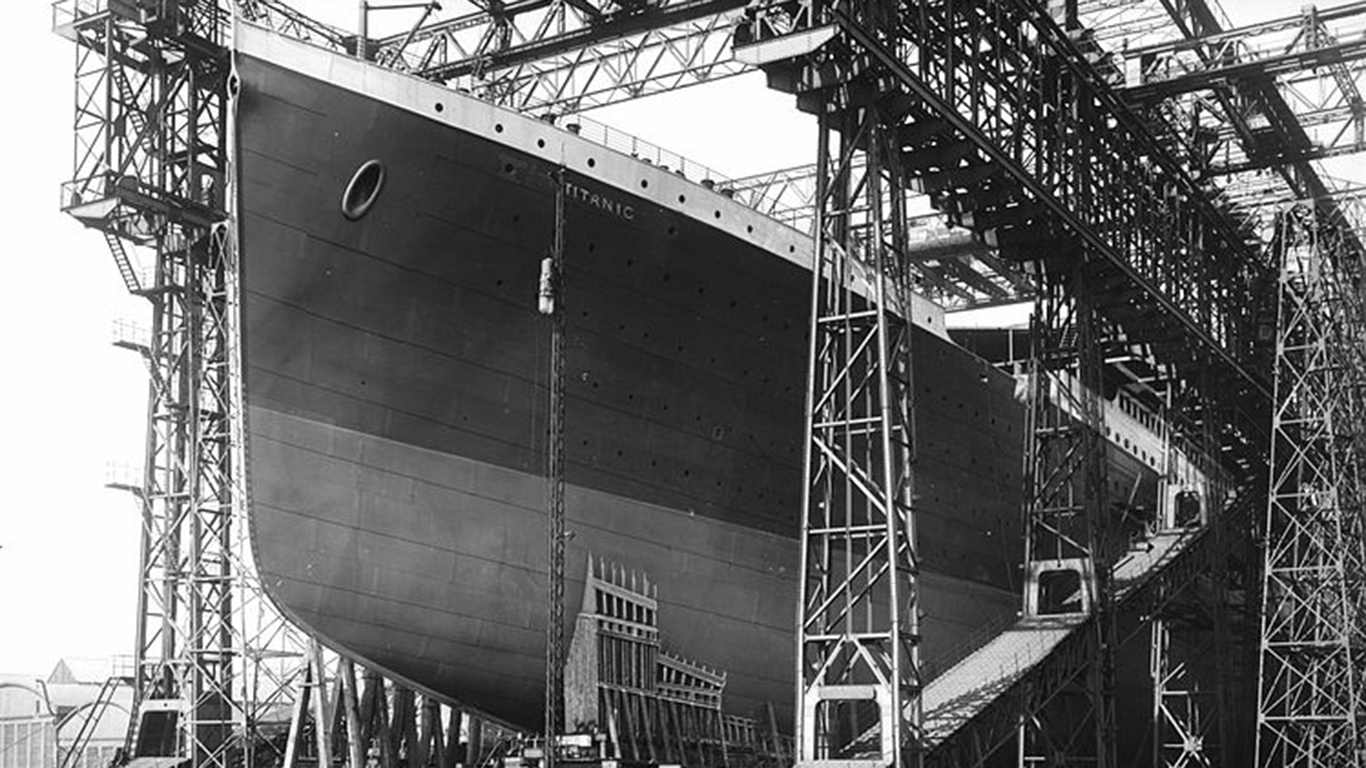
15. The ship took over two years to build
The ship took 26 months to build. Construction crews used 3 million rivets to build the 26,000-ton hull, a combination of iron and steel.
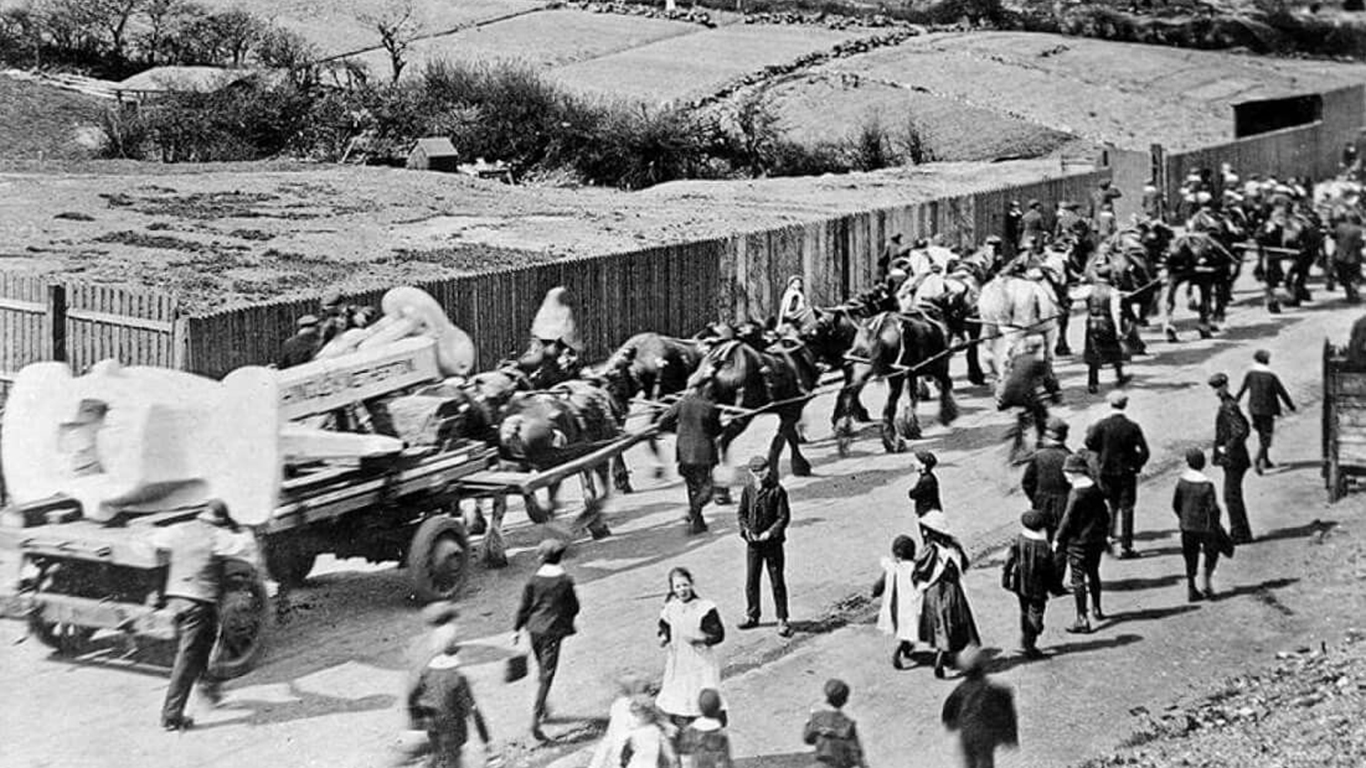
16. 20 horses were needed to transport the main anchor
The ship’s main anchor weighed 16 tons, or more than 30,000 pounds. Twenty horses were required to transport the anchor two miles from the casting site in the town of Netherton to the train station in Dudley in 1911.
[in-text-ad]
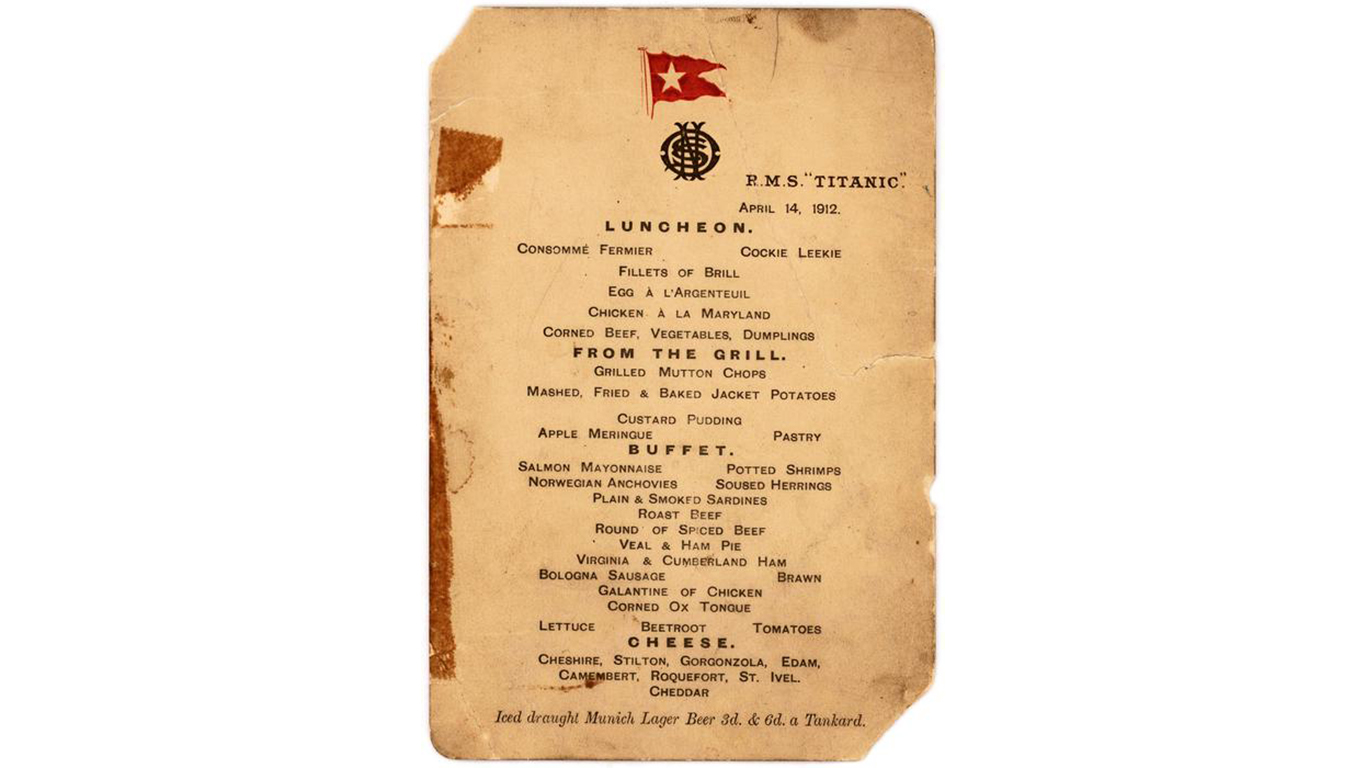
17. The Titanic’s last lunch menu sold for tens of thousands of dollars
On Sep. 30, 2015, a private collector bought the Titanic’s last first-class lunch menu in an online auction for $88,000. The collector paid $18,000 more than the initial maximum price.
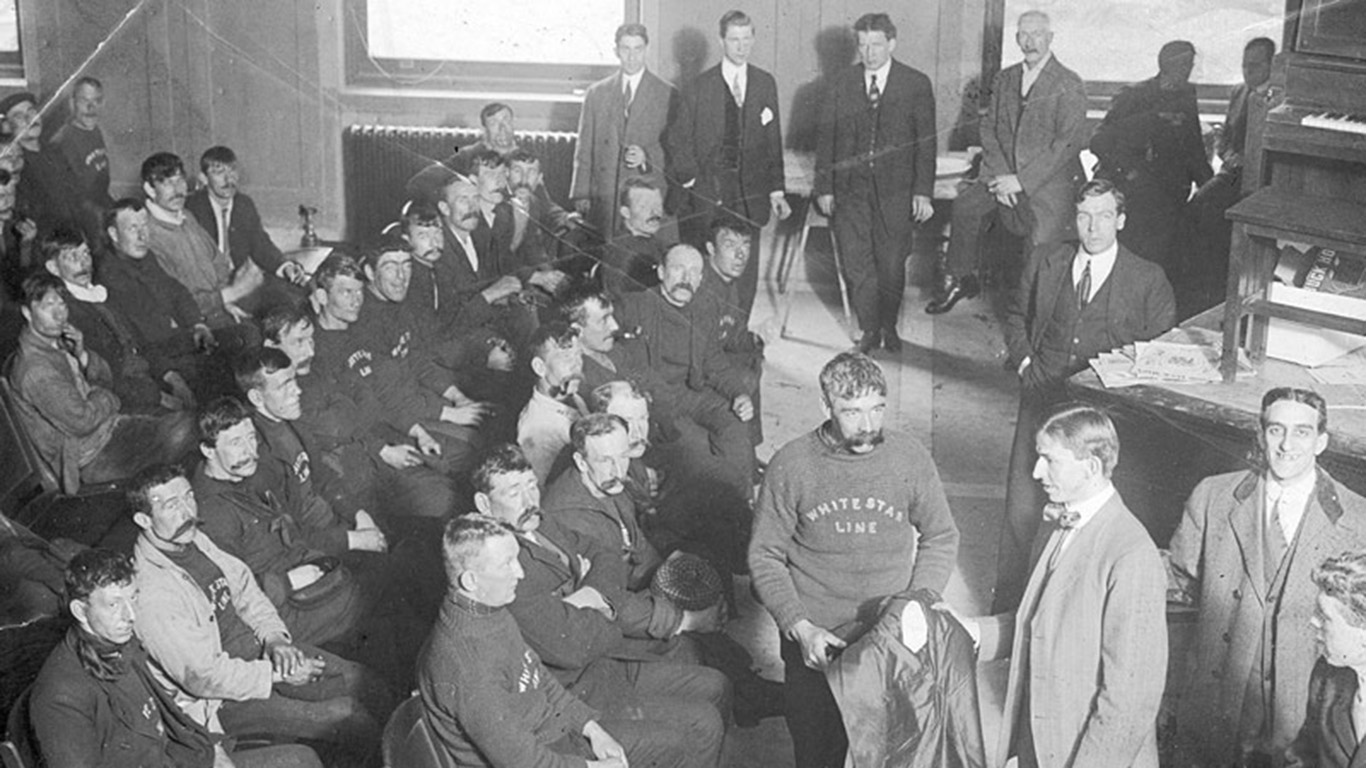
18. Only 23 of the 908 crew on board were female
Of the 23 female crew members, only three did not survive the collision. Of the 885 male crew members, a tragic 693 went down with the ship.
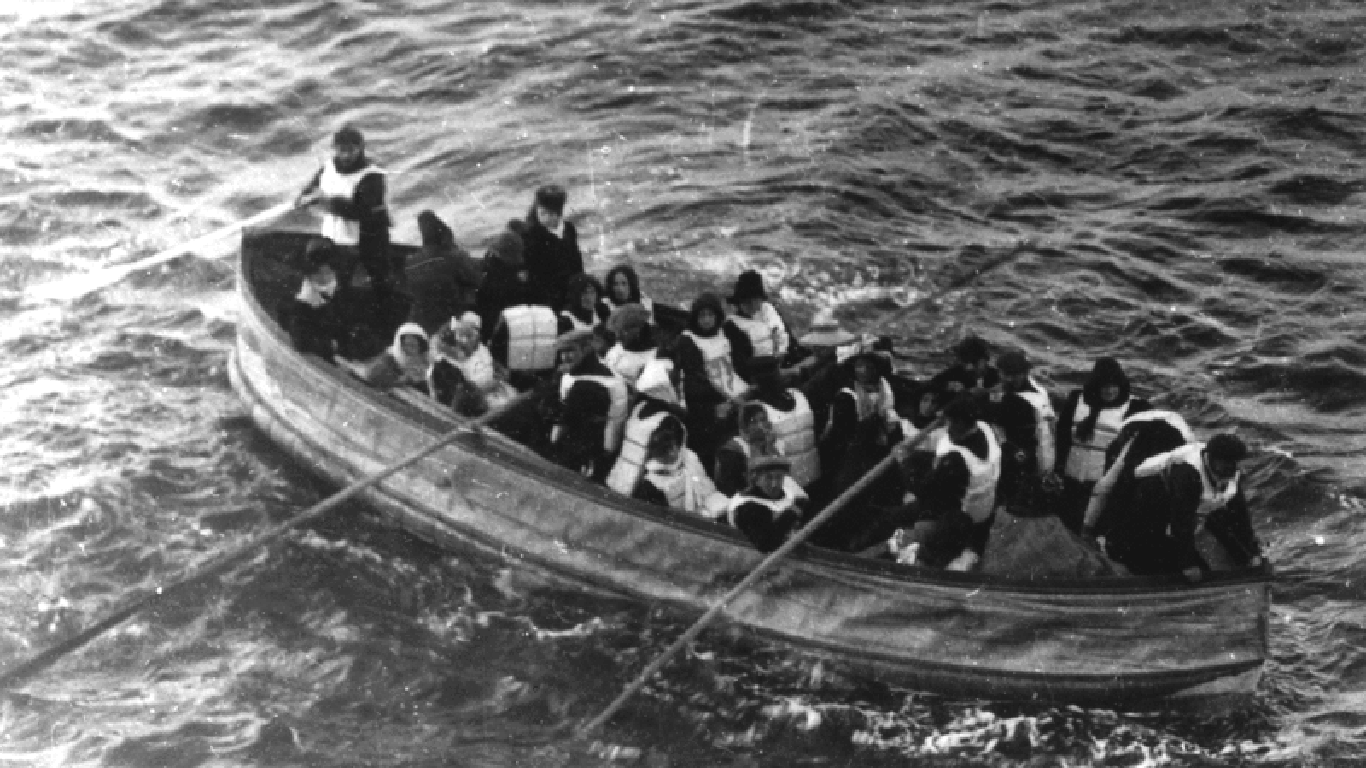
19. Less than a third of all people aboard the ship survived
Only 705 of the 2,223 passengers and crew members made it back home. Some 61% of the passengers who survived were first-class guests. Less than 25% of third-class passengers survived.
[in-text-ad-2]
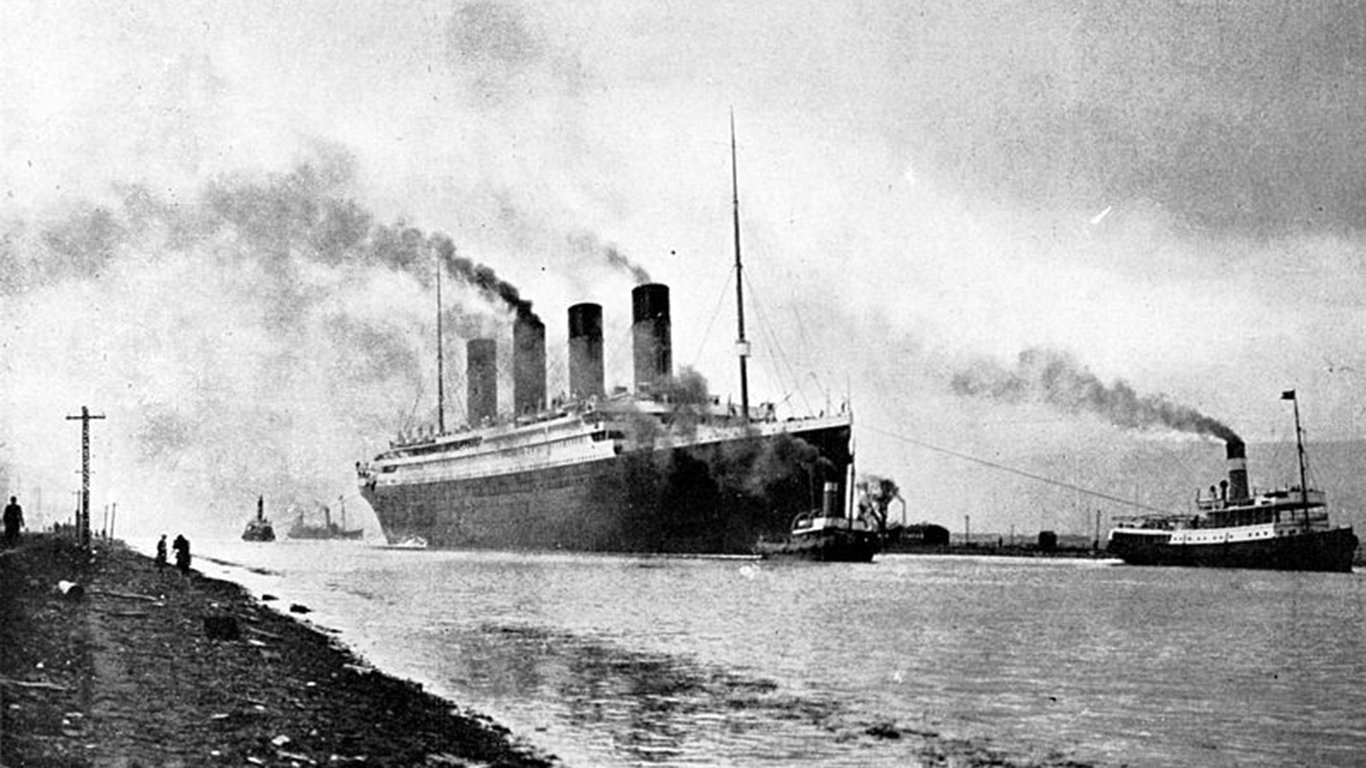
20. The temperature of the sea water was below freezing when the ship sank
According to measurements taken by Captain Stanley Lord of the SS Californian — a ship that was near the Titanic when it sank — water temperatures were as cold as 28 degrees Fahrenheit. The human body can survive up to 45 minutes in freezing water, according to the Life Jacket Association.

21. 14,000 gallons of drinking water were consumed each day on the ship
For perspective, one gallon of water is equivalent to 16 cups. So, 14,000 gallons means there were 224,000 cups of water distributed among some 2,223 people every 24 hours.
[in-text-ad]
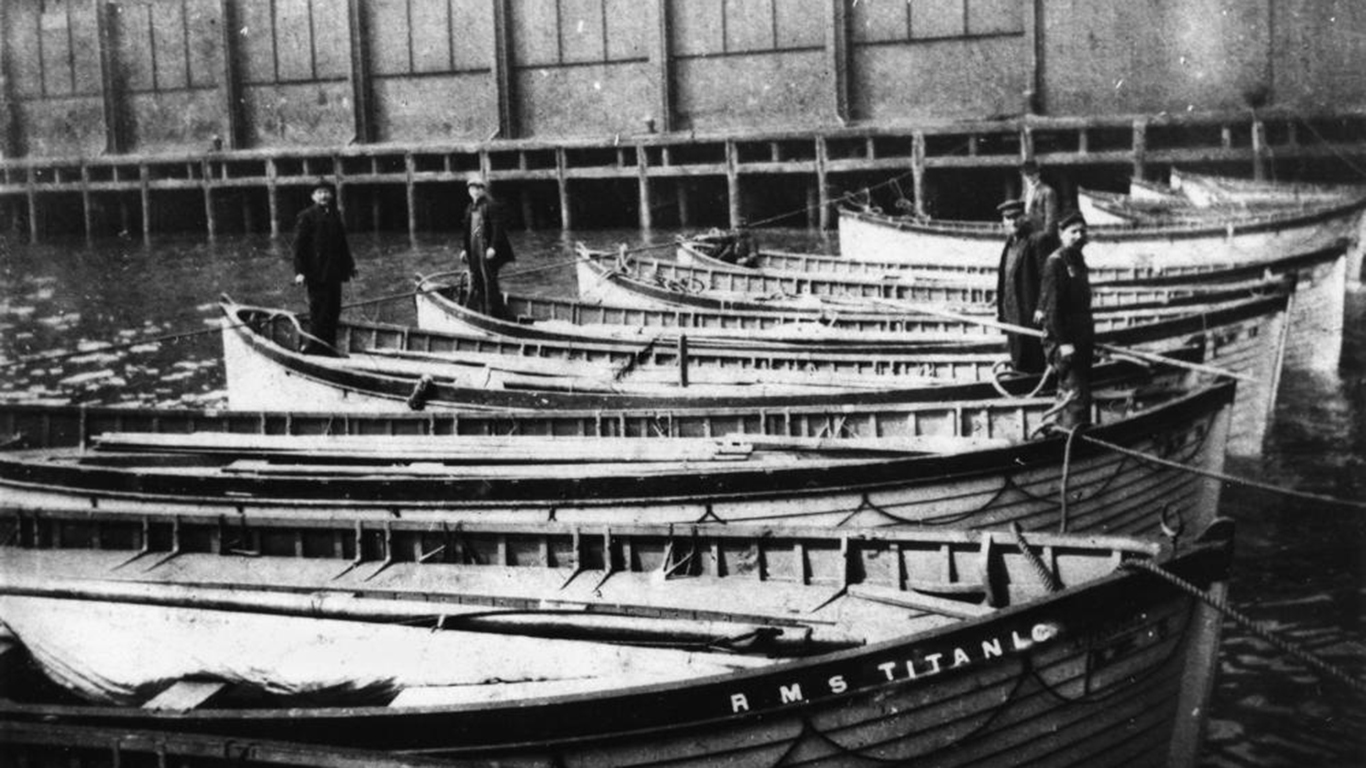
22. The Titanic was able to carry 64 lifeboats…
…but only carried 20. Many of the lifeboats that were launched from the Titanic did not pack as many patrons as it could have held.

23. There were 40,000 fresh eggs aboard the ship
In other words, there were roughly 3,333 dozens of eggs on the Titanic, a majority of which likely went down with the ship.
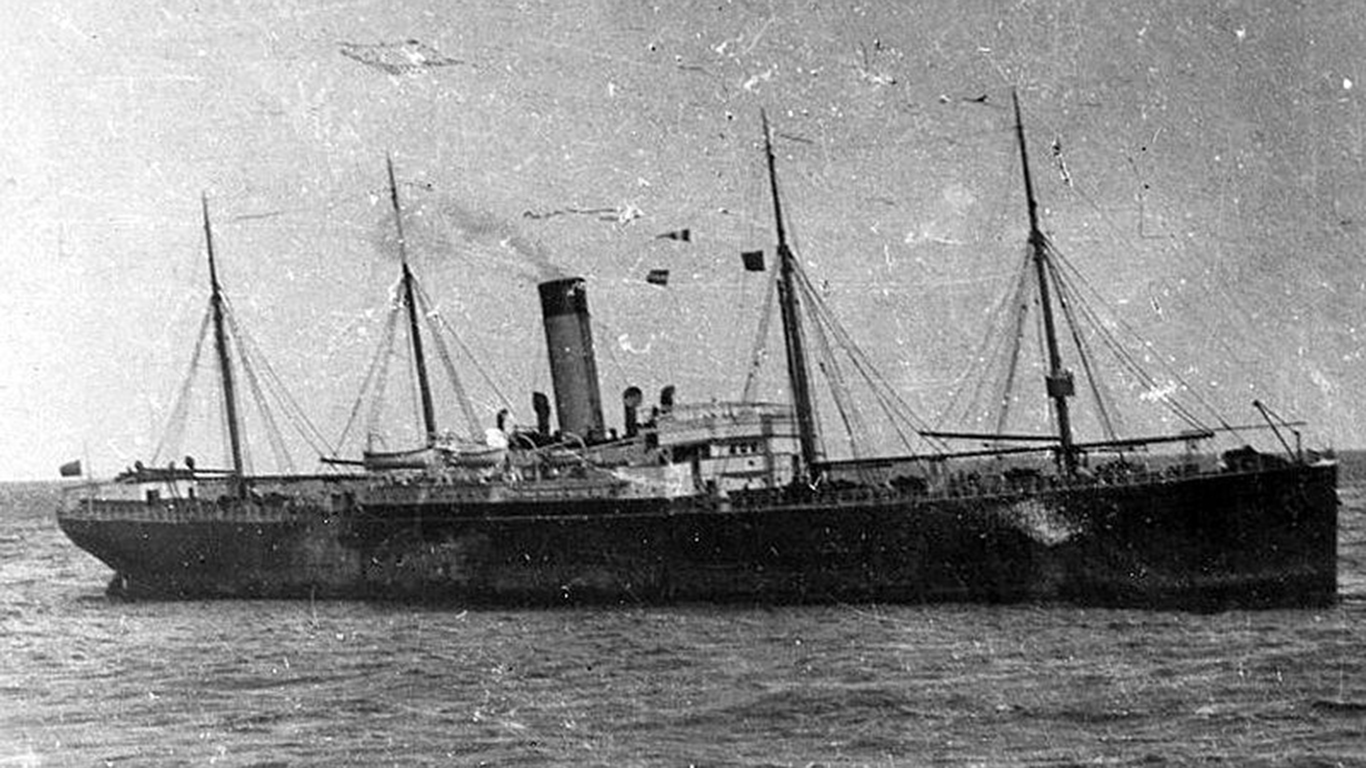
24. The SS Californian was nearby when the Titanic sunk
Controversy exists to this day as to how close the SS Californian was to the Titanic when it struck the iceberg. Californian Captain Stanley Lord testified that his ship was 19 to 21 miles from the stricken ship.
[in-text-ad-2]
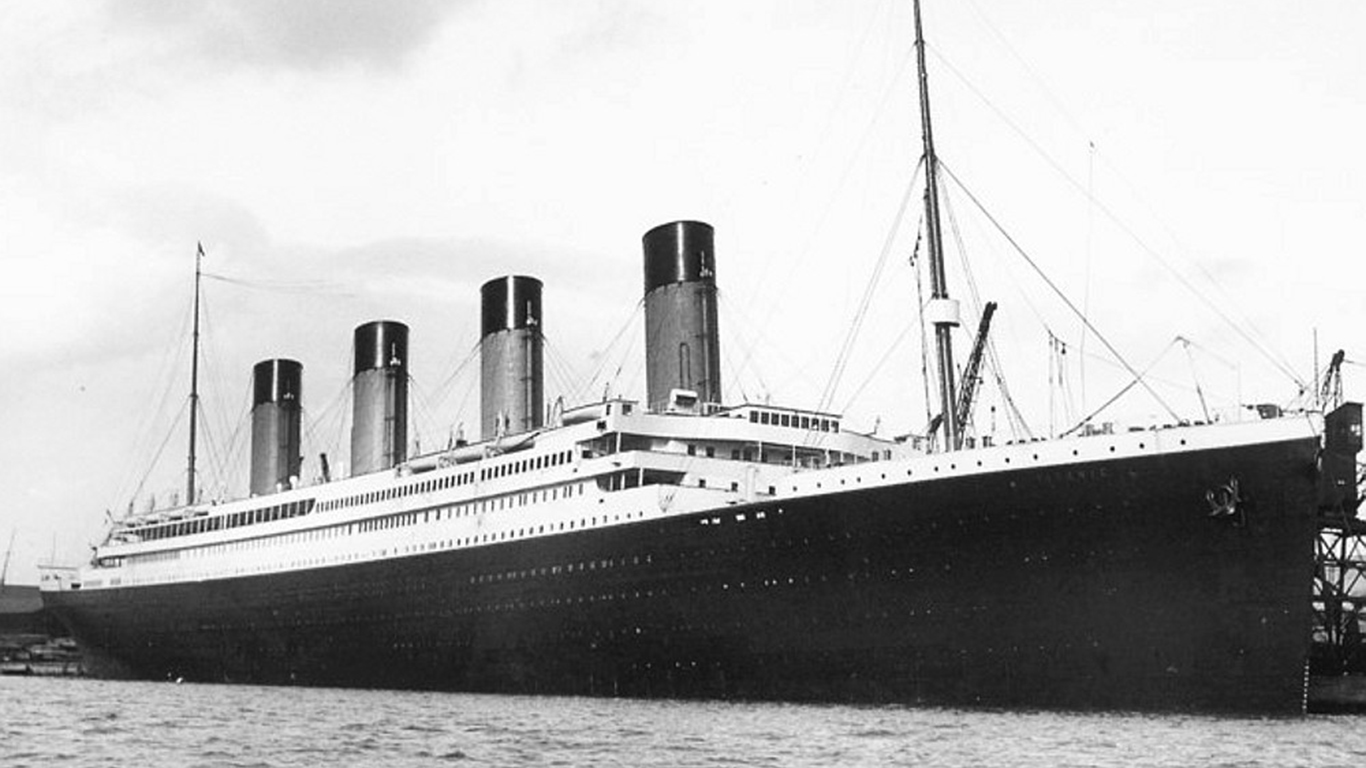
25. The iceberg made a 300-foot gash in the hull of the boat
Titanic Captain Edward Smith believed the ship had grazed over the top of the iceberg but he was in for a rude awakening when the crew assessed the site of the strike. Five compartments had already flooded with water and the bow was already beginning to submerge.
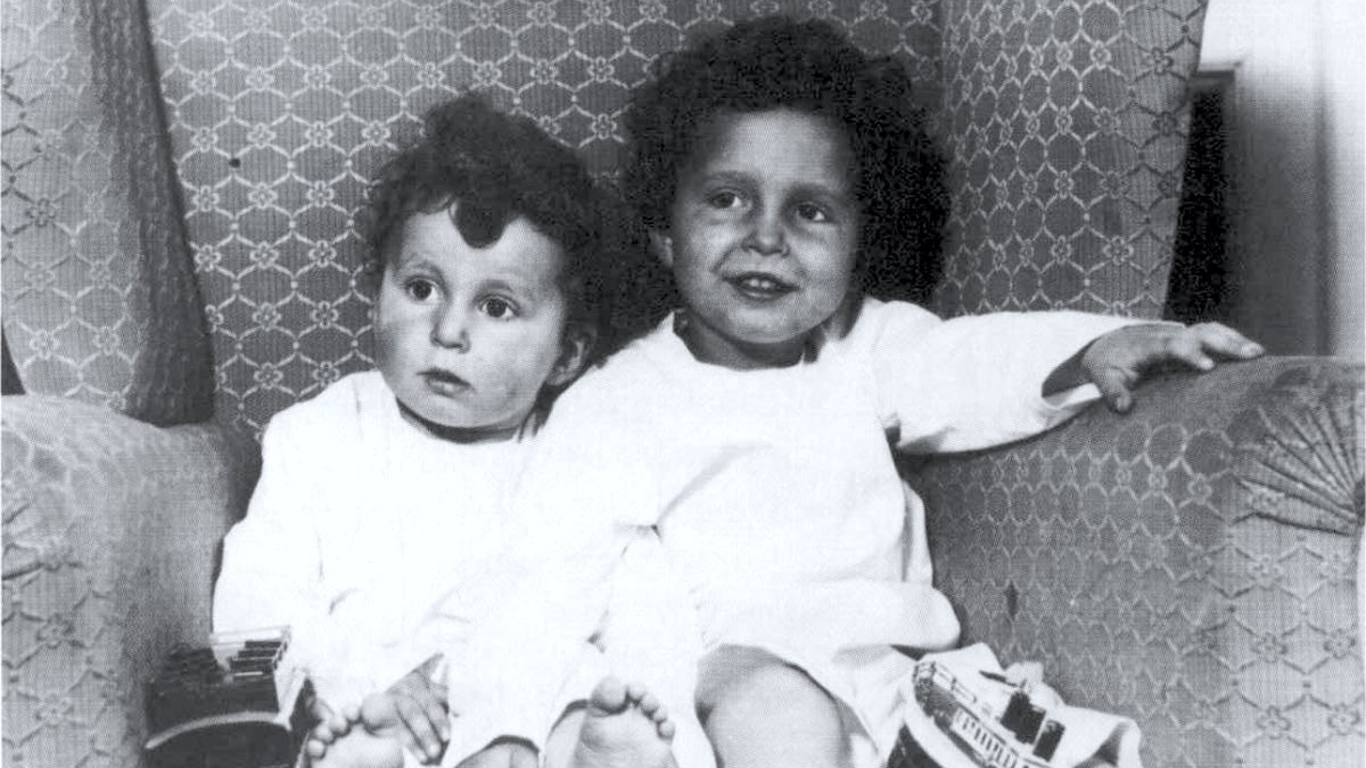
26. Two young brothers survived the ship without a guardian
Edmond and Michel Navratil went down in history as the only children to survive the Titanic without a parent. They were two years apart in age and were nicknamed the “Titanic Orphans.” Their father, Michel Sr., kidnapped them from their mother, whom he was no longer with, and planned to take them to America. The last anyone saw of him was when he put his children in the lifeboat.
[in-text-ad]
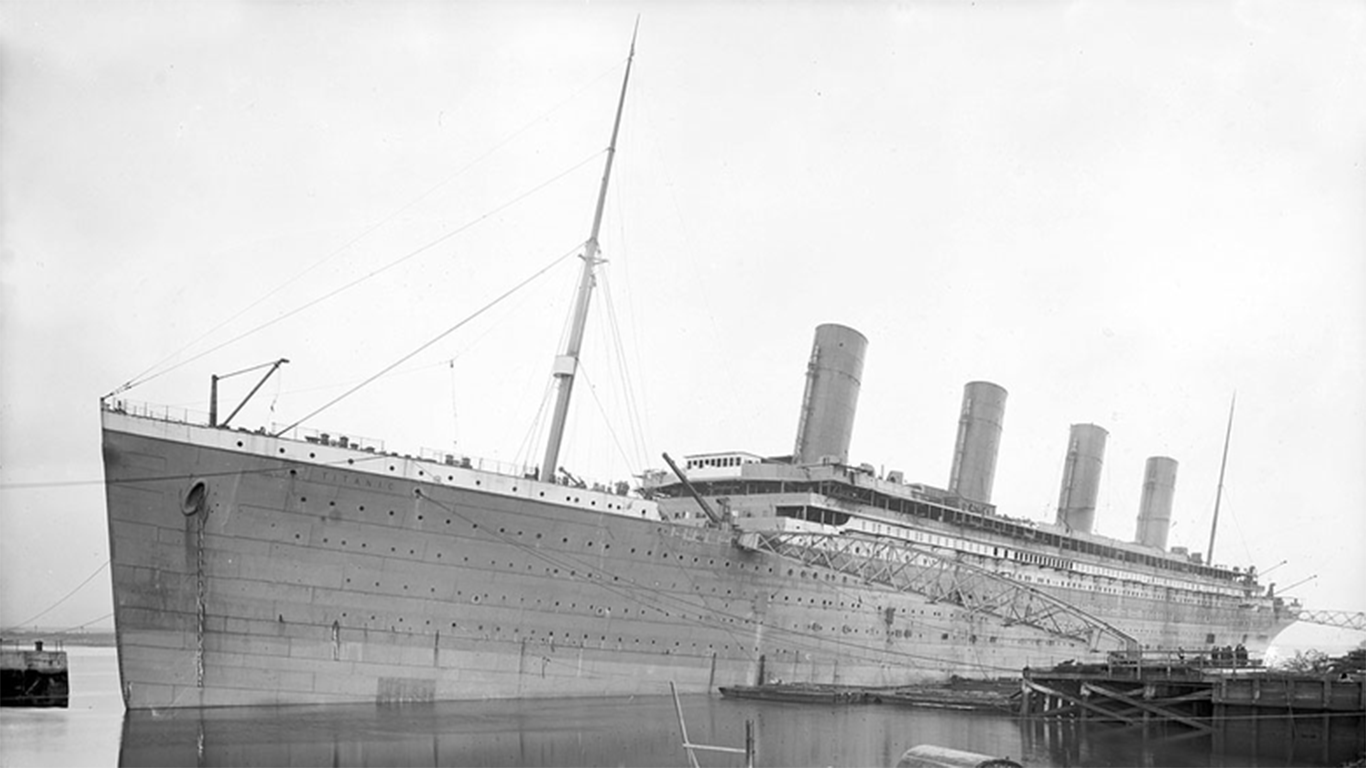
27. Royal Mail Steamer (RMS) Titanic was the official name
The designation Royal Mail Steamer, or RMS, has been around since the mid-19th century. Because mail had to arrive on time and ships were penalized for delays, the designation was a mark of quality. Nearly 200 ships, including the Titanic, received the designation.
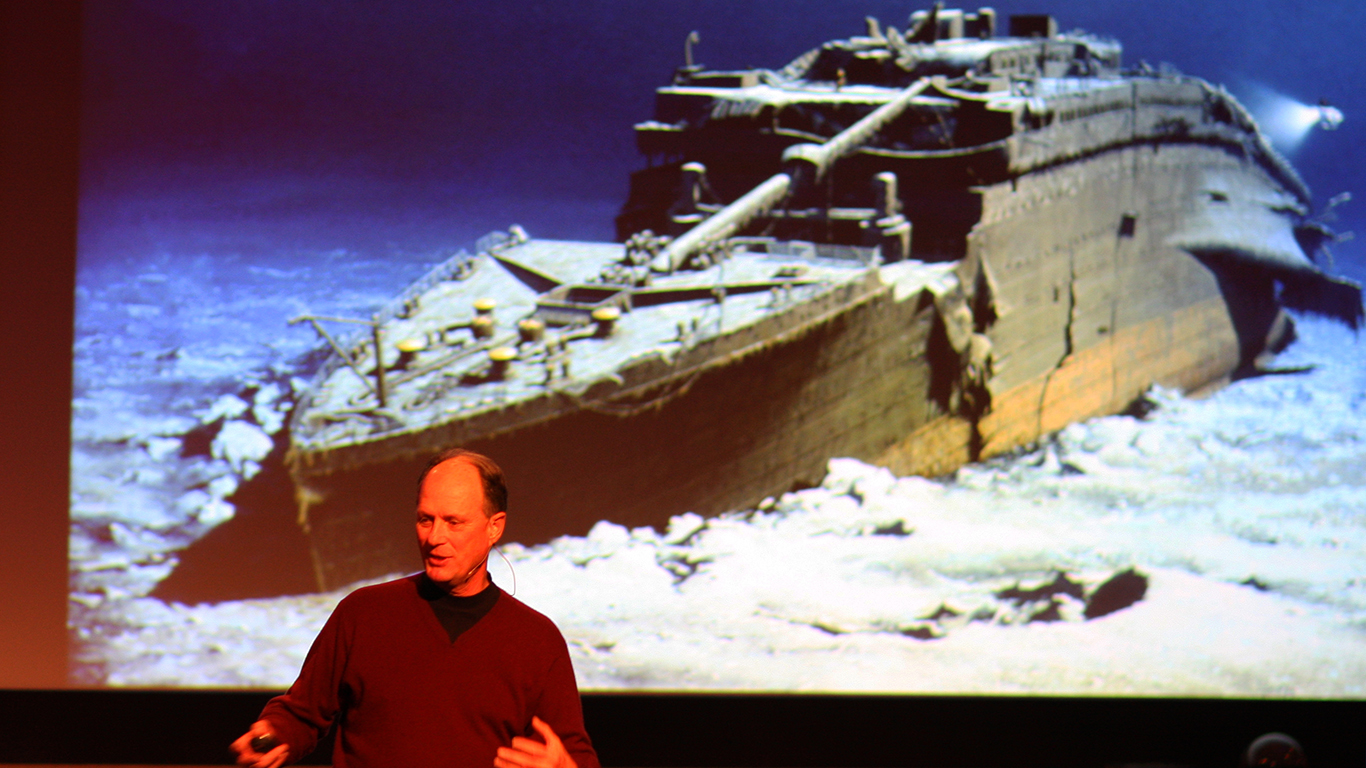
28. It took over seven decades to find the ship’s ruins
The remains of the Titanic were not found until 1985, about 73 years after the vessel sunk. Dr. Robert D. Ballard of the Woods Hole Oceanographic Institution in Massachusetts and a team of American and French researchers discovered the wreckage with the help of a robot submarine.
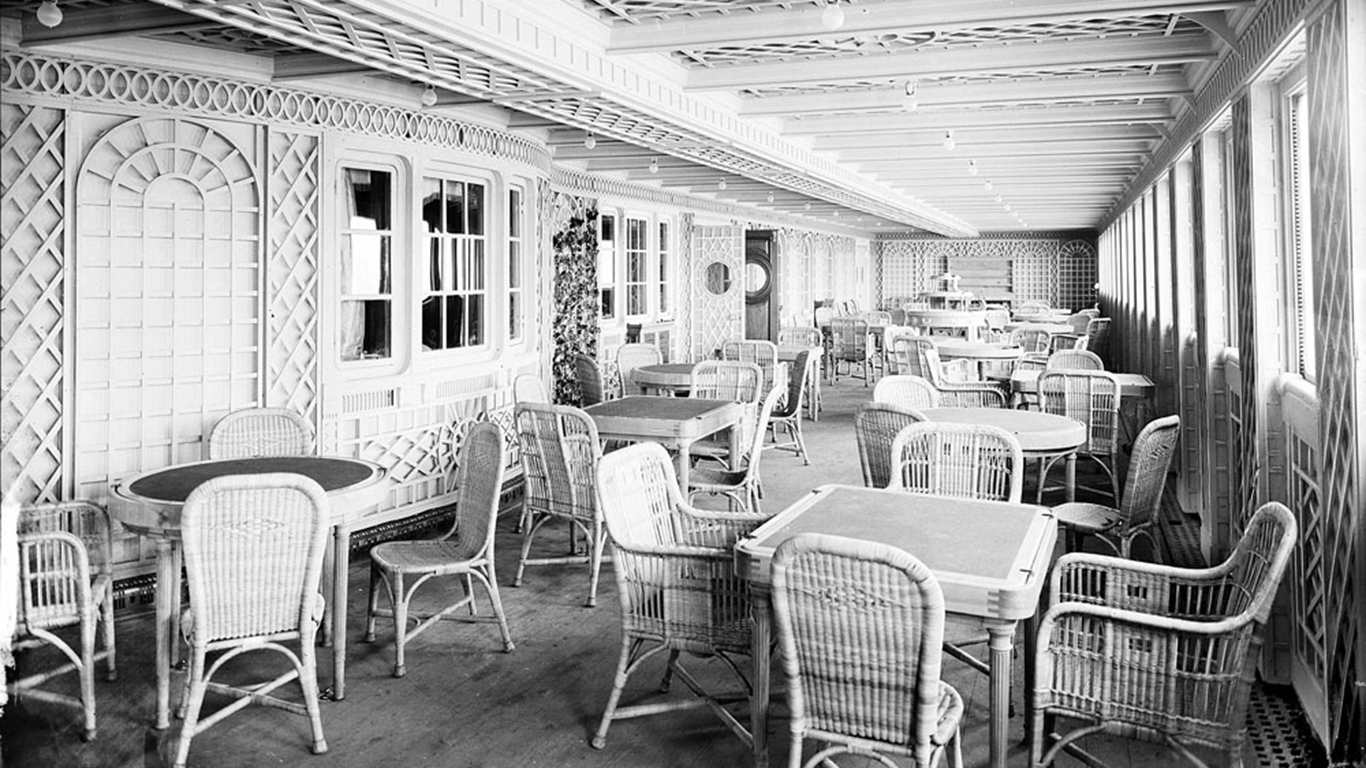
29. First-class patrons got to enjoy a heated swimming pool
Passengers who were able to afford first-class tickets enjoyed luxurious treatment and many indulgences. The wealthy got to taste delicacies at Parisian cafés, relax in tea gardens, read in the library, and play tennis in a squash court just to name a few of the first class perks. Did we mention there was a heated swimming pool?
[in-text-ad-2]
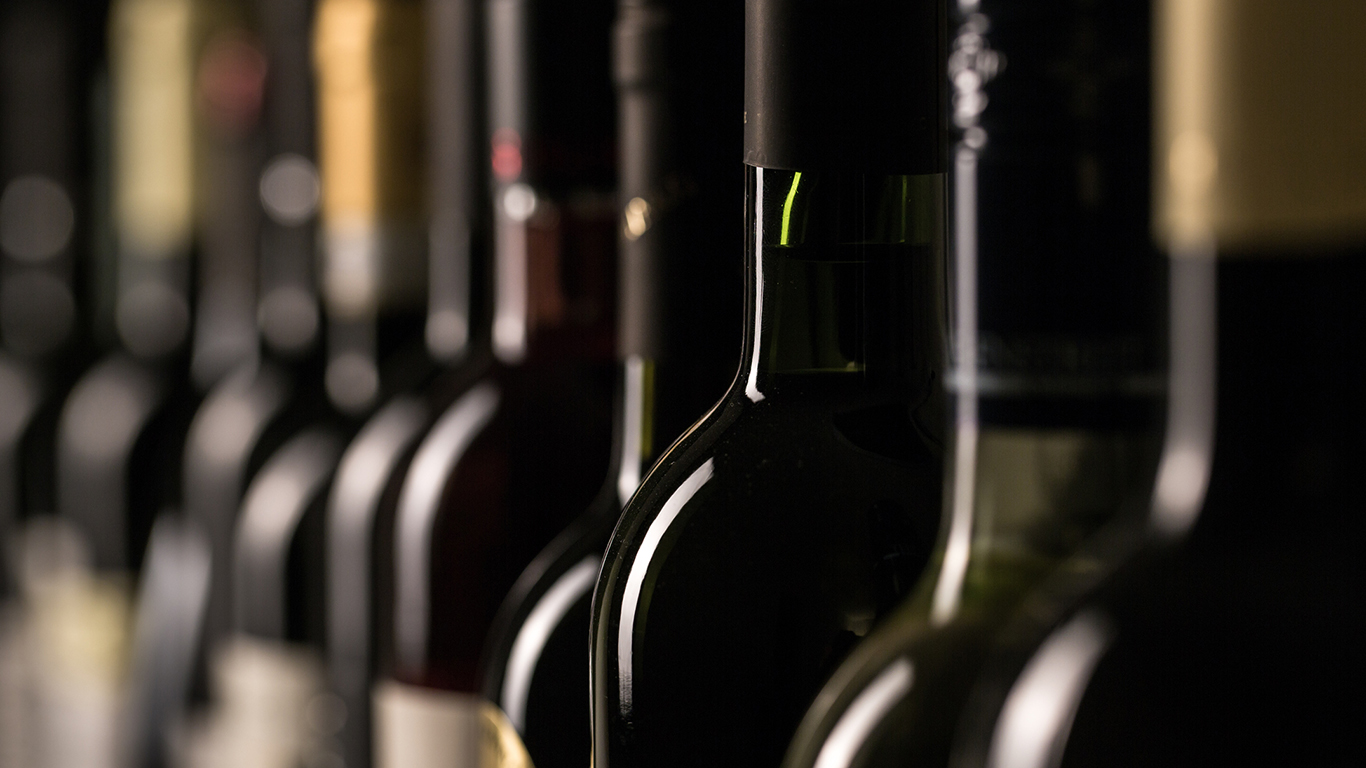
30. There was plenty of liquor and cigars onboard
There were 20,000 bottles of beer and 1,500 bottles of wine were stocked on the ship. In addition to plentiful alcohol, there were 8,000 cigars onboard, all of which was available for first-class patrons.
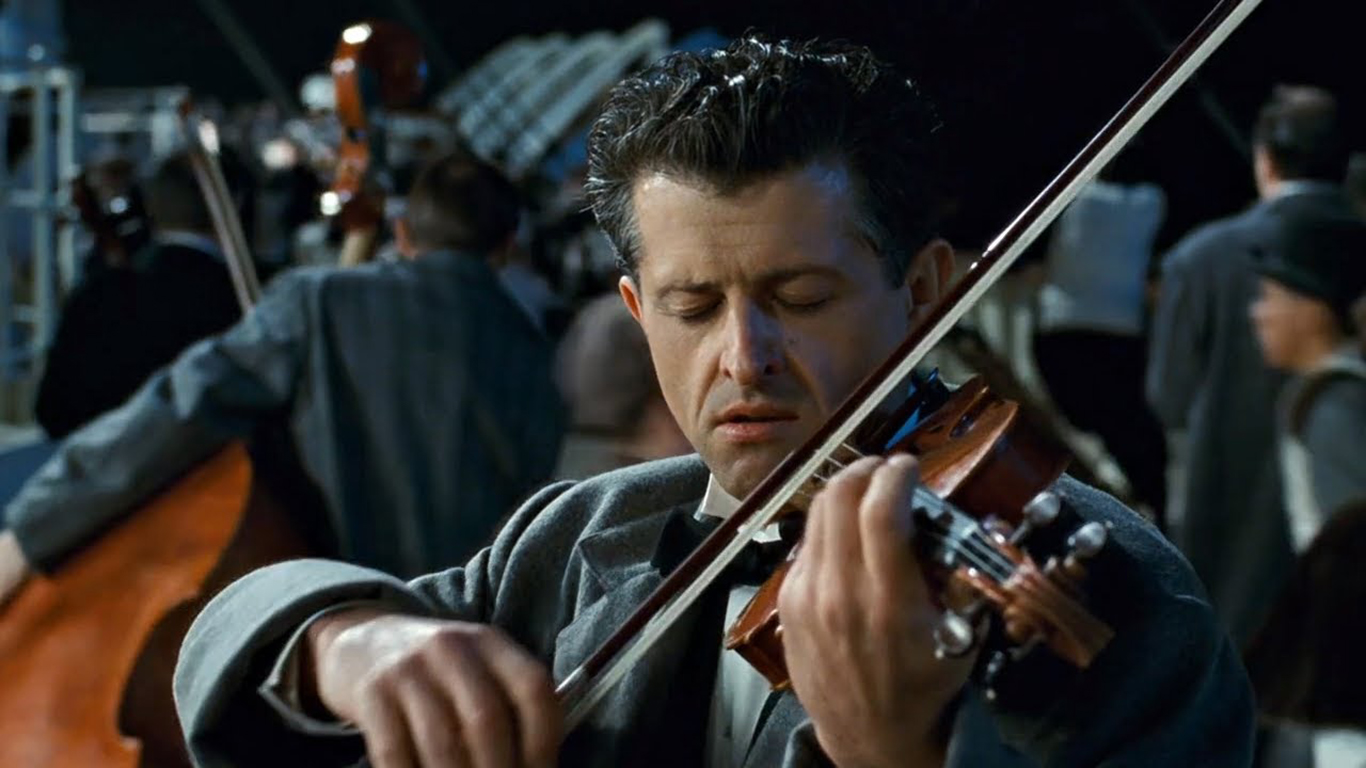
31. Musicians played for more than two hours as the ship went down
It’s unclear as to which songs were played as the ship went down, but one can only imagine how somber the atmosphere must have been. In the movie “Titanic,” one of the songs played was “Nearer, My God, to Thee,” which is believed to be the last song played on the ship in real life.
[in-text-ad]
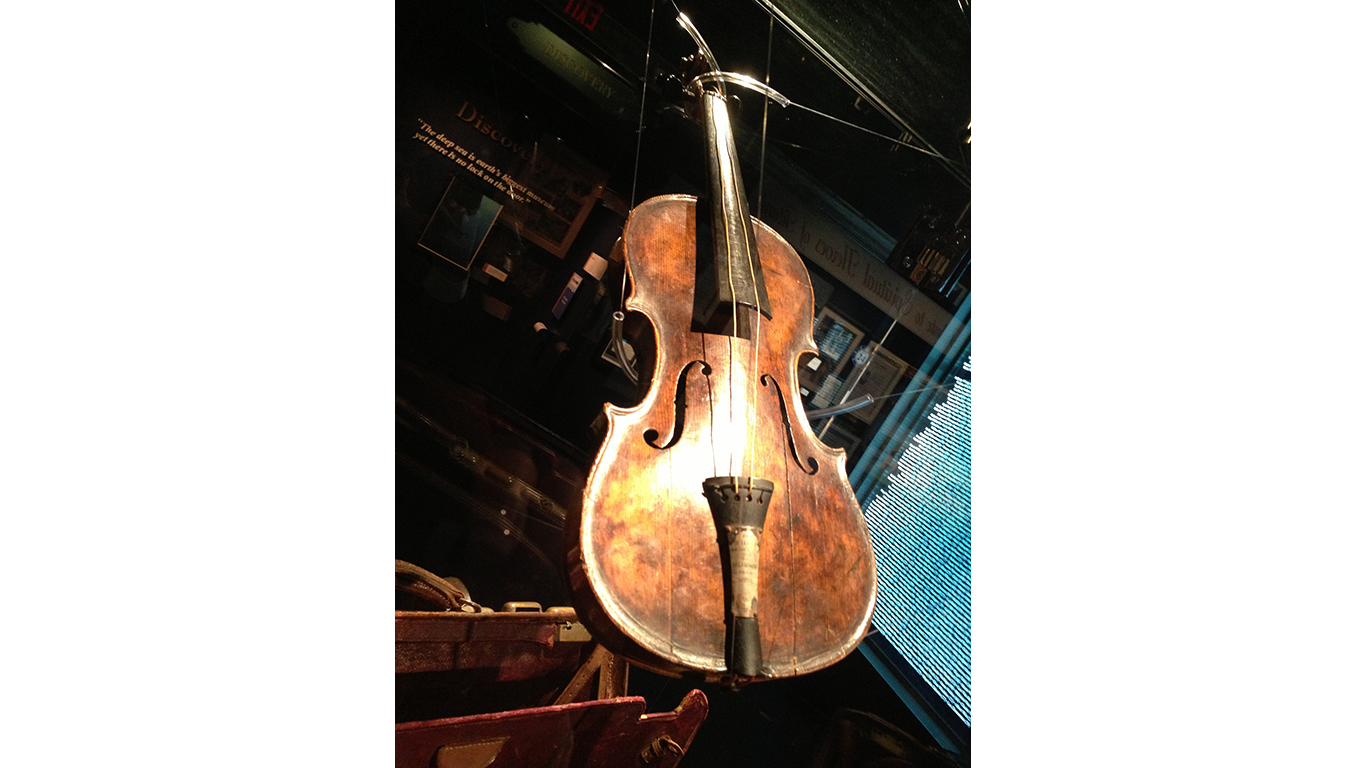
32. 6,000 artifacts were recovered from the wreck site
Treasures rescued from the Titanic are in high demand. Among the 6,000 artifacts was a violin that sold for $1.7 million in 2013 at an auction house in the United Kingdom. The Titanic’s ship plan sold in 2011 for $336,000.
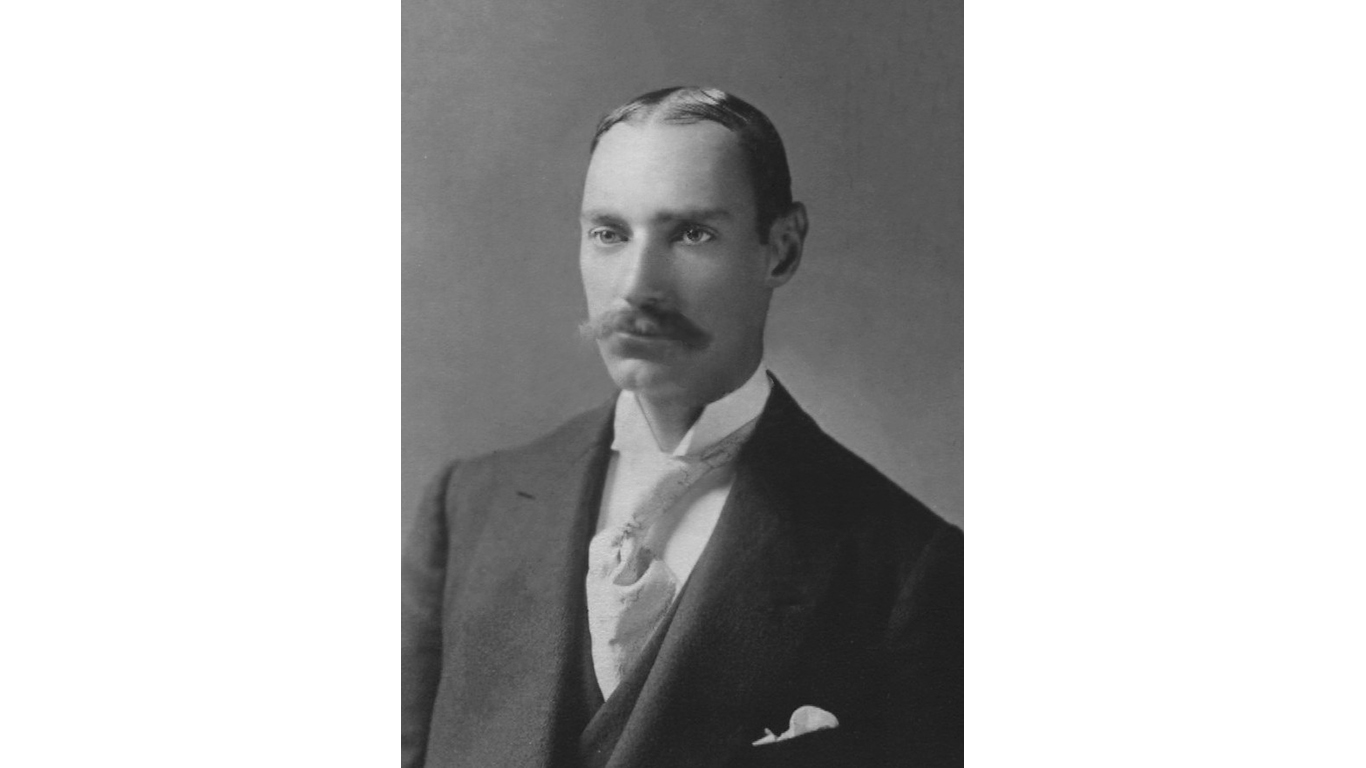
33. John Jacob Astor IV was the wealthiest man aboard
The heir of the Astor family fortune was by far the richest individual on the ship, worth an estimated $85 million at the time, or about $2 billion today. He perished along with the ship.
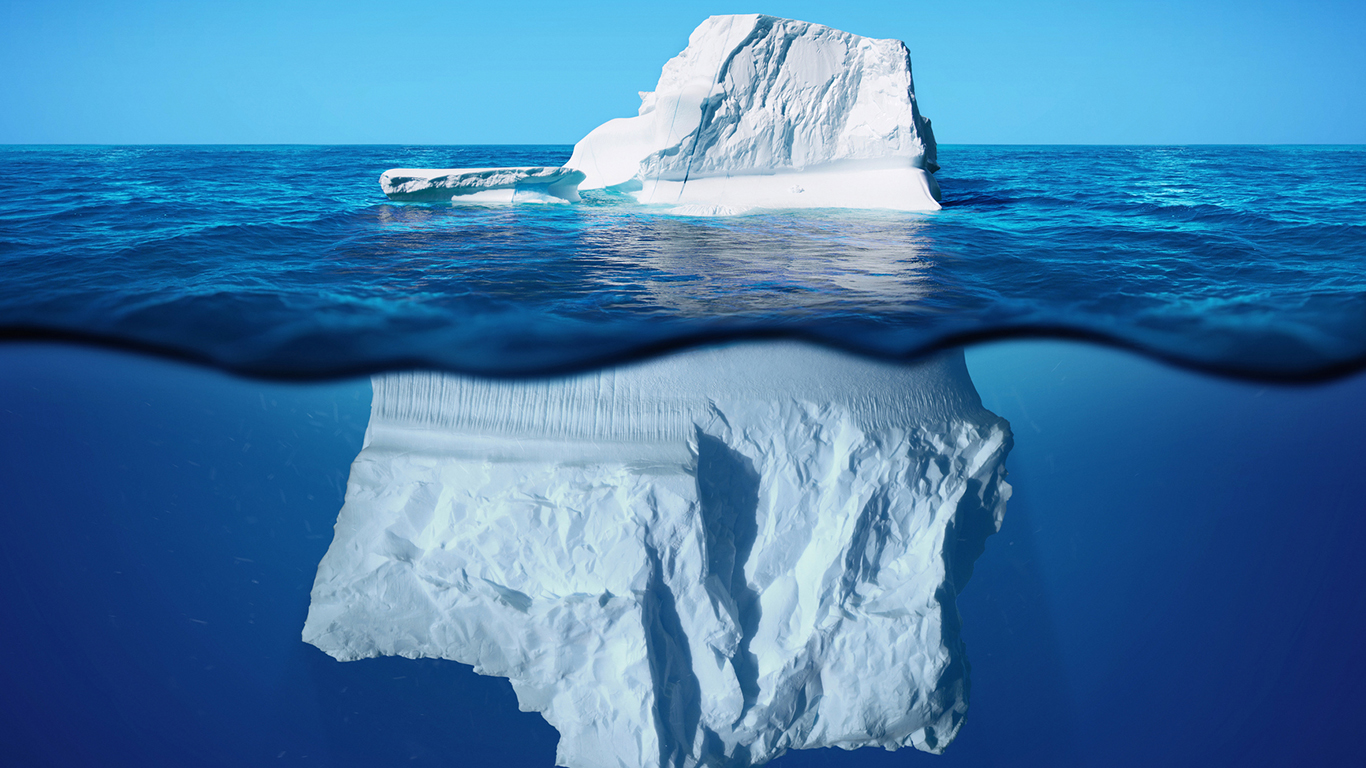
34. The iceberg was first spotted at 11:30 p.m. on April 14
A lookout spotted the iceberg and frantically rang the warning bell. The ship was hastily turned at a sharp angle to avoid hitting it, but it was too late.
[in-text-ad-2]
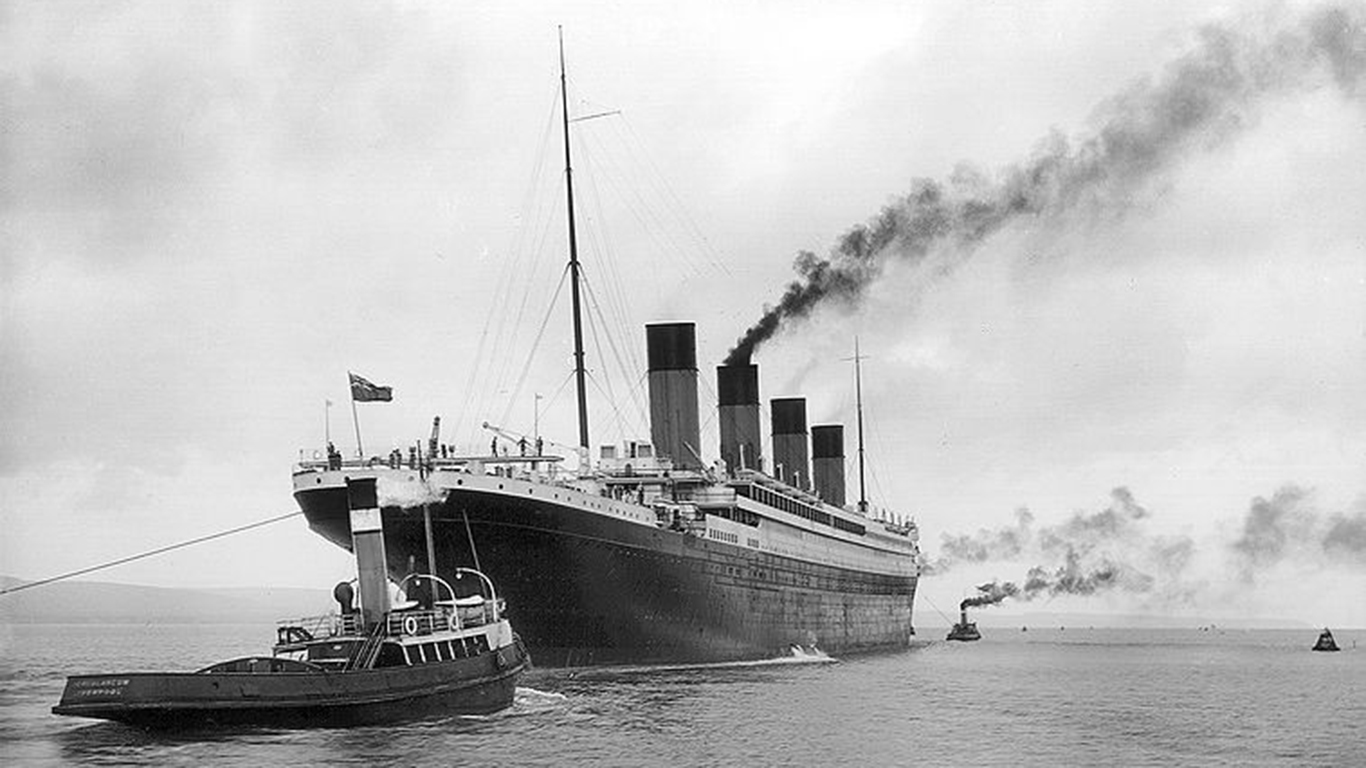
35. An optical illusion may have prevented spotting the iceberg on time
According to historian Tim Maltin, atmospheric conditions the night the ship sank have likely caused super refraction — which could have camouflaged the iceberg. This may explain why the iceberg wasn’t spotted until the ship was too near it to maneuver out of the way.
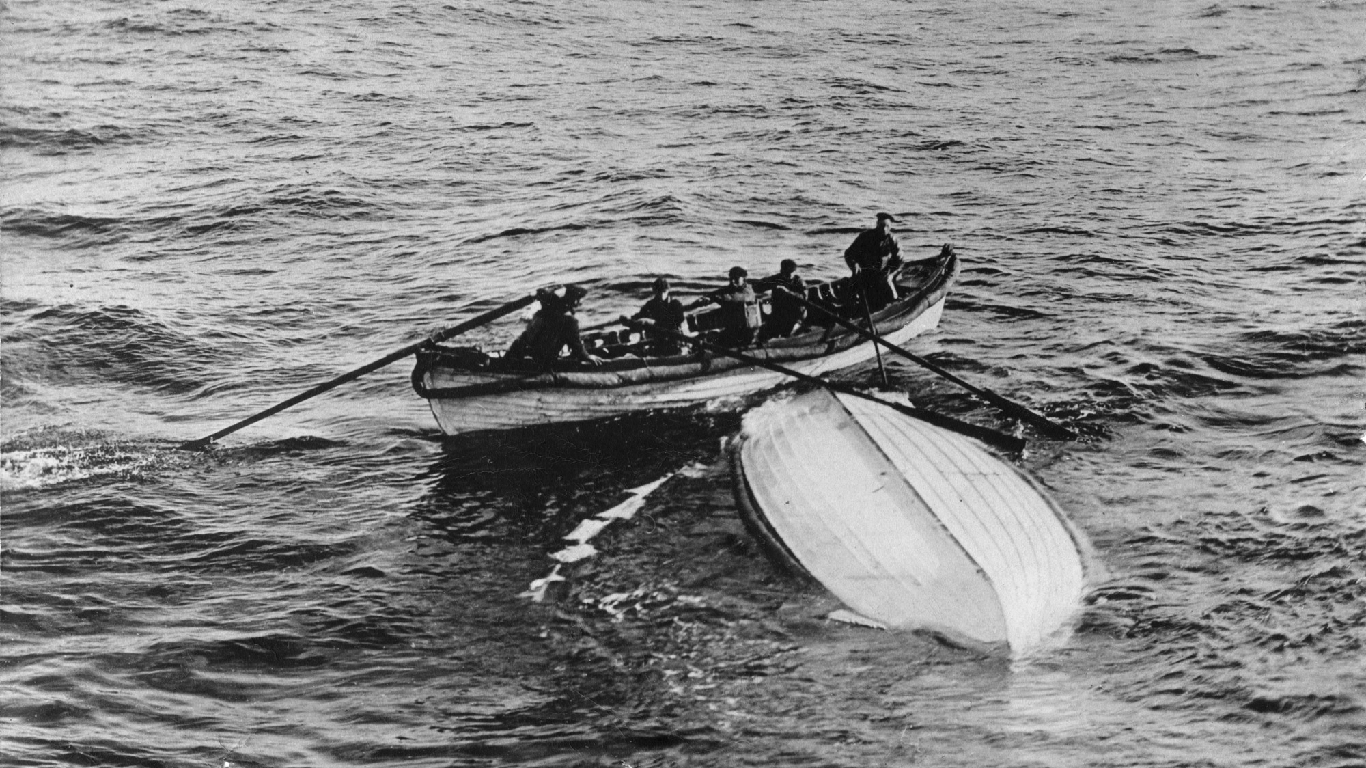
36. Only 28 people boarded the first lifeboat…
…but it had the space to carry 65 people. It was one of only 20 lifeboats, though Titanic had the capacity to carry 64.
[in-text-ad]
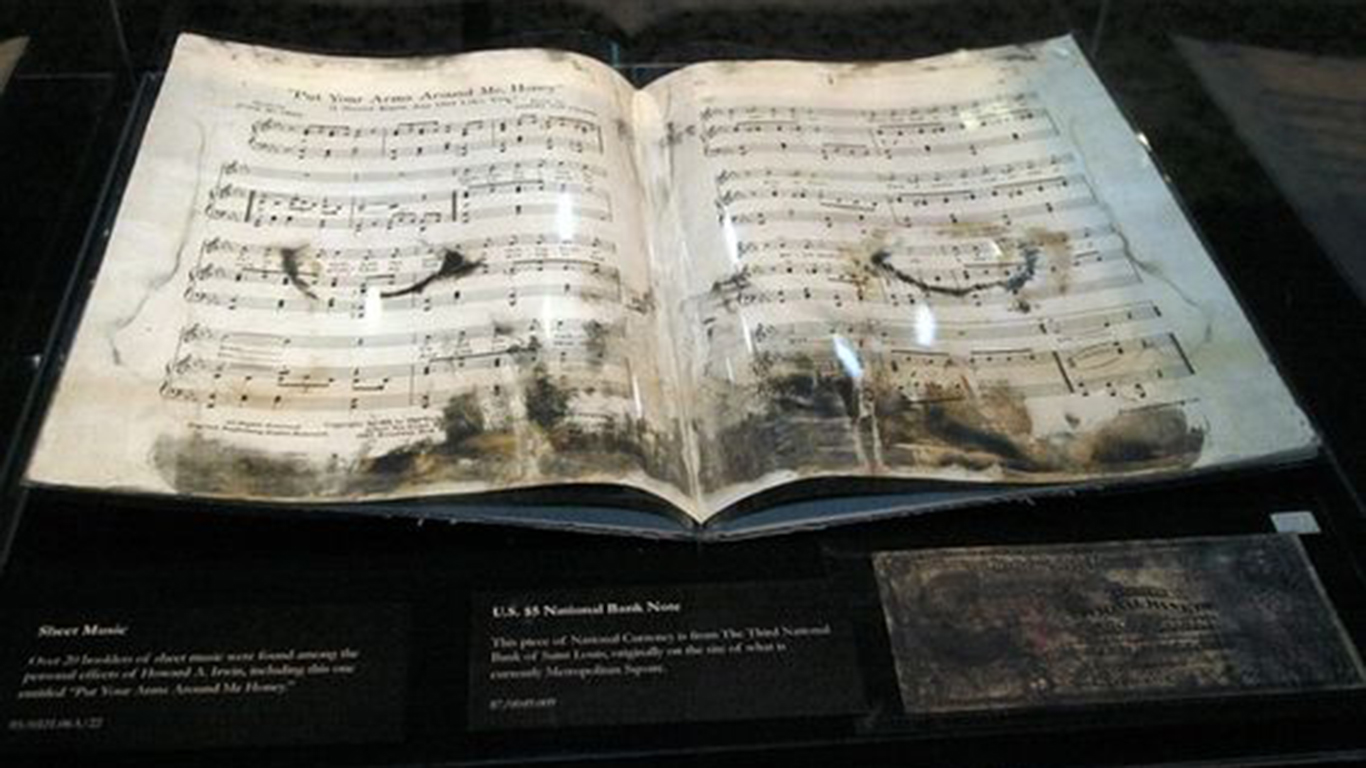
37. First-class passengers received a music book containing 352 songs
Musicians aboard were expected to learn all of the songs prior to the trip in the event that a guest requested one of them.
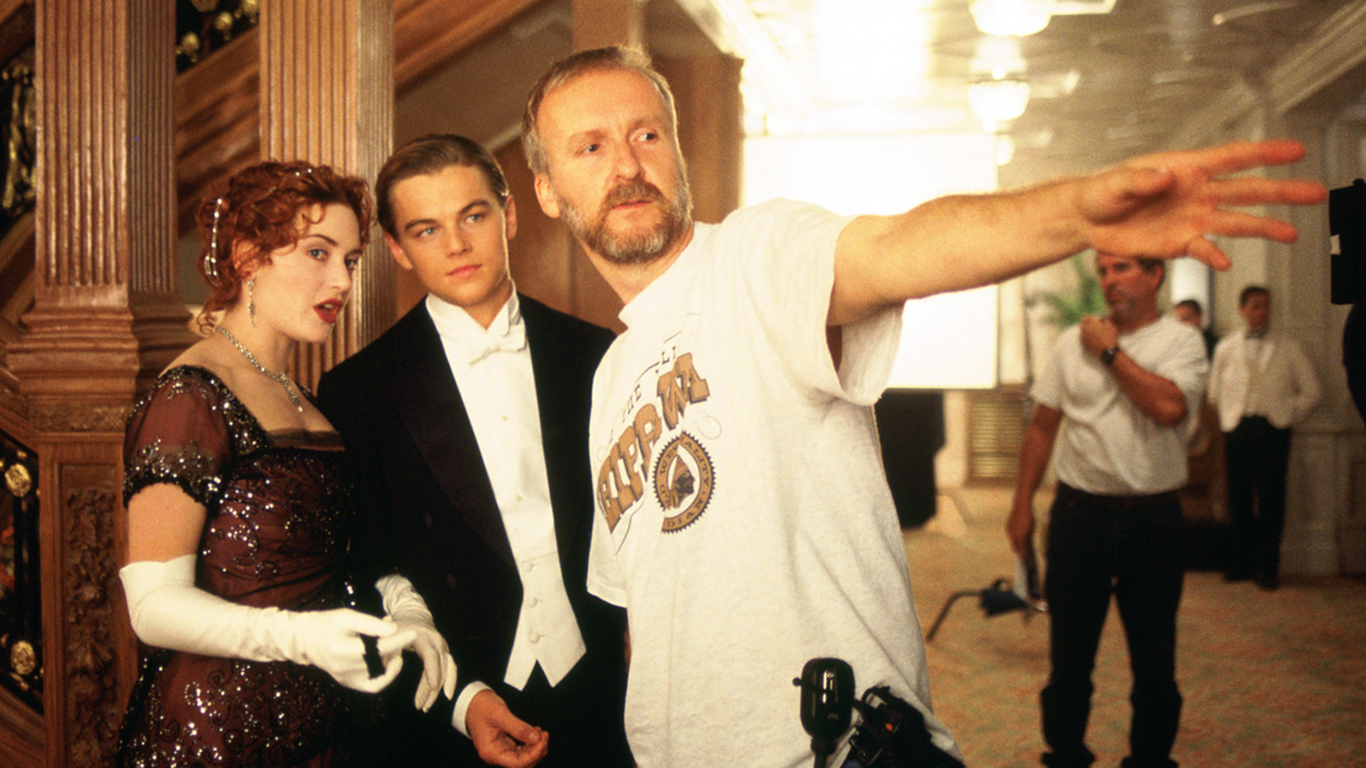
38. 11 Titanic ships could be built with the “Titanic” film revenue
It’s speculated that the Titanic would cost nearly $200 million to build today. James Cameron’s adaptation of the Titanic grossed over $2.2 billion worldwide, which would be enough to fund the construction of nearly 11 new Titanic ships.
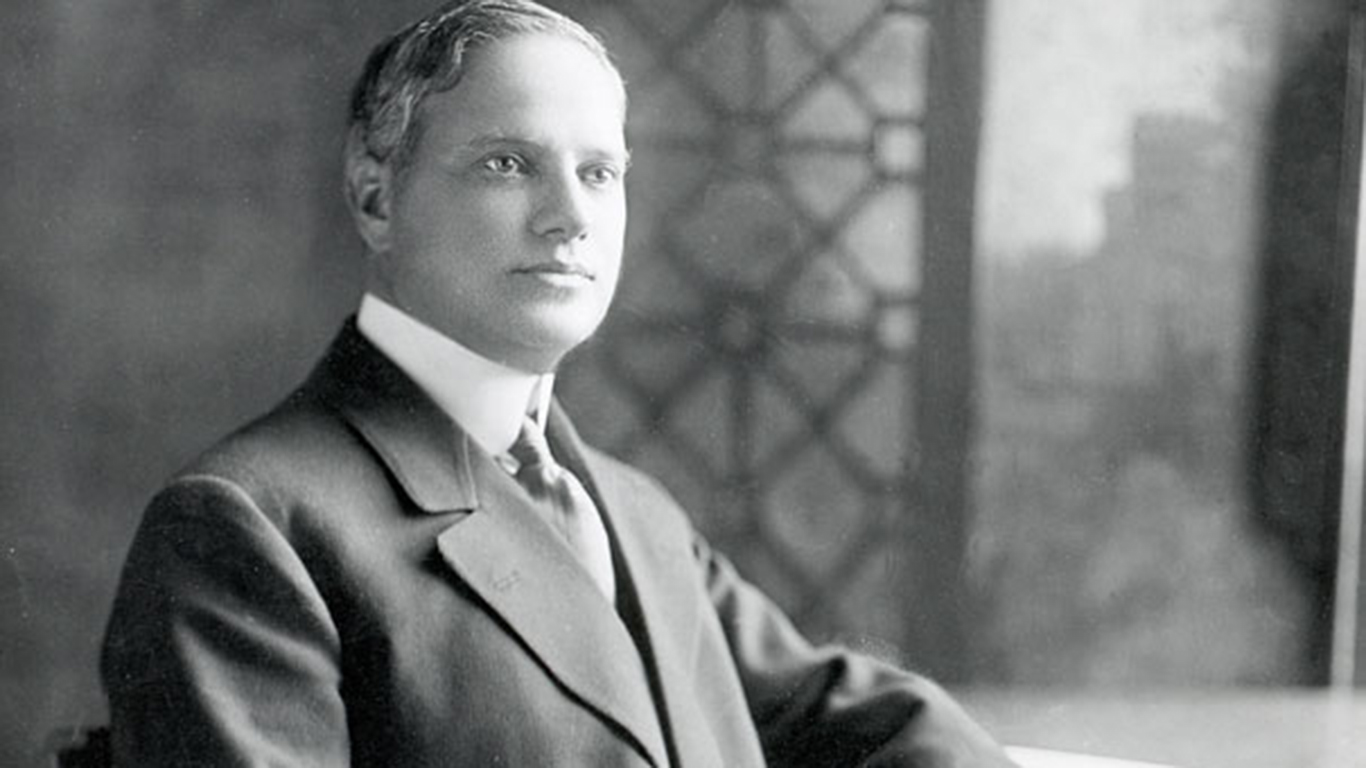
39. Guggenheim faced disaster in style
American businessman Benjamin Guggenheim and his valet, Victor Giglio, changed into their best evening wear upon hearing the ship was sinking. Guggenheim reportedly said, “We’ve dressed up in our best and are prepared to go down like gentlemen.”
[in-text-ad-2]
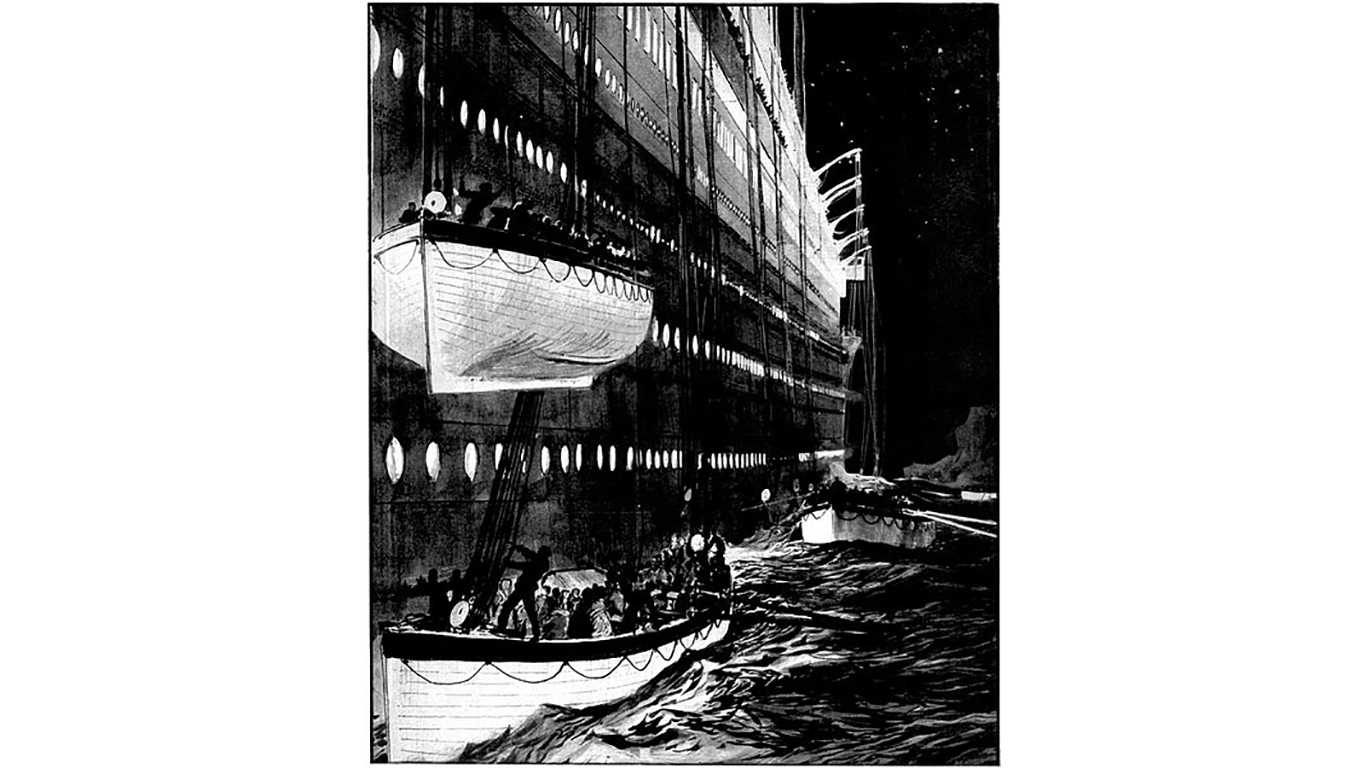
40. 13 couples aboard the Titanic were on their honeymoon
Thirteen newlywed couples were honeymooning on the Titanic in each of the passenger classes. Among them were Nellie Stevenson and John Pillsbury Snyder, who was the grandson of the founder of Pillsbury Company. Newlyweds were among those given preference for the lifeboats.
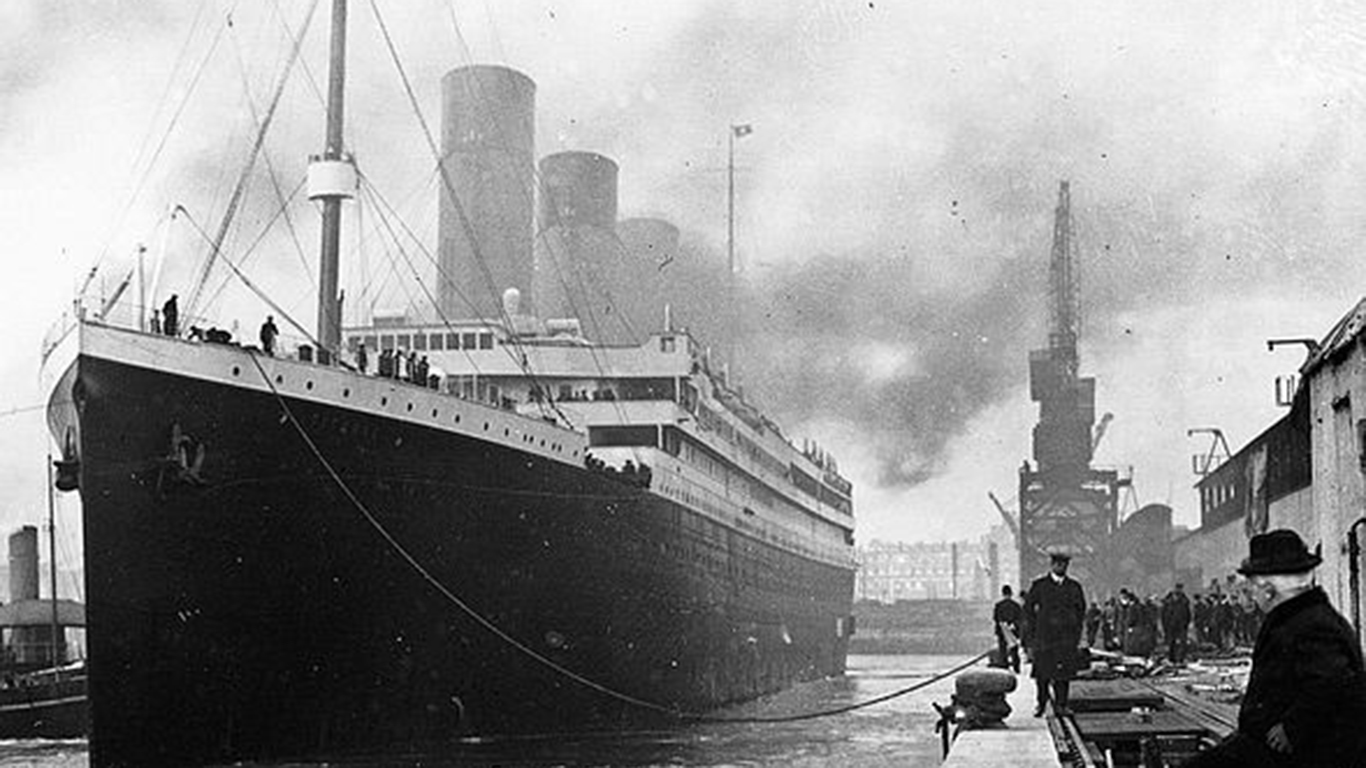
41. The ship’s top speed was 23 knots
Twenty-three knots is equivalent to more than 26 mph. Today, the average cruise ship’s speed is 20 knots, or 23 mph. Royal Caribbean’s Harmony of the Seas has a top speed of 25 knots, nearly 29 mph.
[in-text-ad]
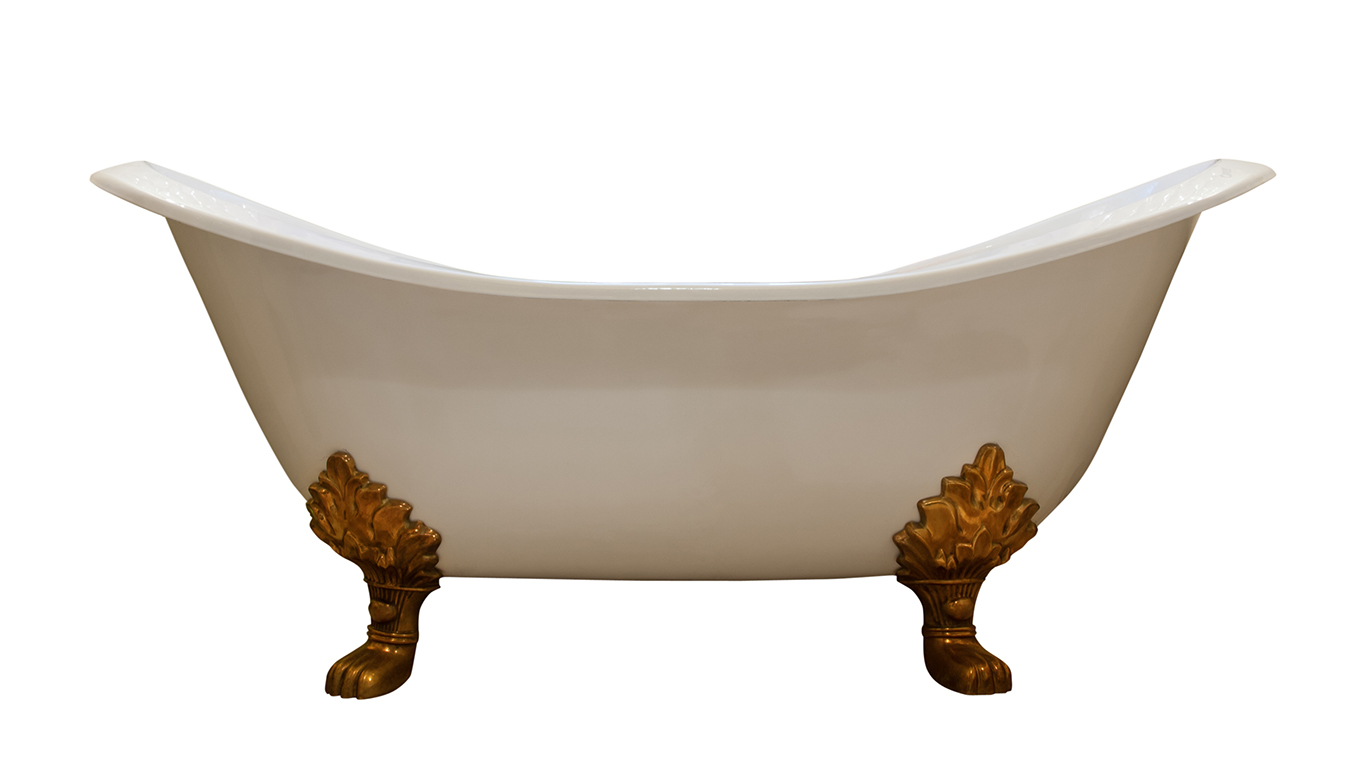
42. There were only two bathtubs available for all third-class passengers
There were 706 third-class passengers on the Titanic who paid between between 3 and 8 pounds to make the crossing, and they only had two bathtubs.

43. New evidence suggests a fire in the ship’s hull caused the ship’s demise
According to the documentary “Titanic: The New Evidence,” a fire aboard the ship prior to its departure may have led to the disaster. Investigative journalist Senan Molony suggests that the metal had weakened because of an ongoing fire in the ship’s hull. The fire burned at temperatures of 1,000 degrees Celsius, or 1,800 degrees Fahrenheit, for three weeks prior to the ship’s departure.
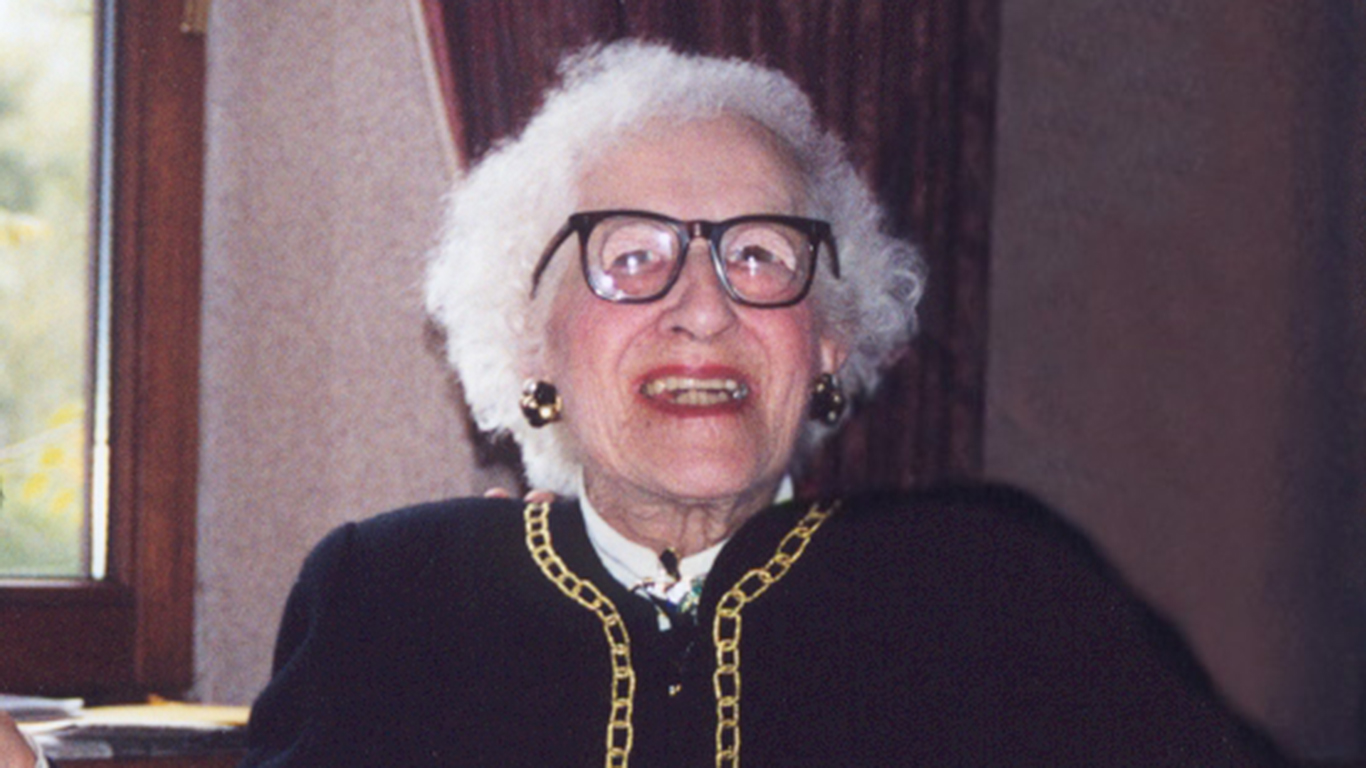
44. The youngest passenger on the Titanic was two months old
Millvina Dean was the youngest passenger aboard the ship, and the longest living survivor. She died at the age of 97 in 2009.
[in-text-ad-2]
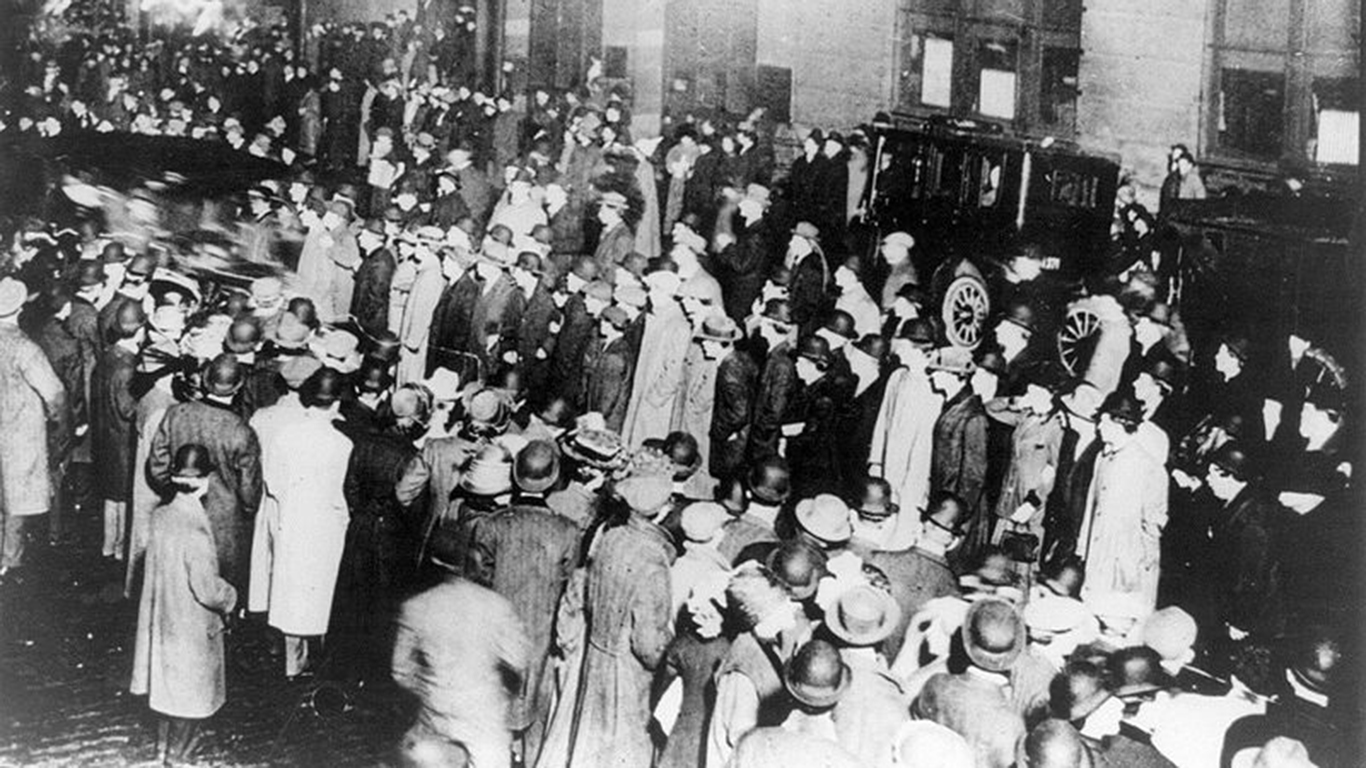
45. 40,000 people met the survivors in New York
The RMS Carpathia transported the 700-plus survivors to New York and were met by 40,000 people.

46. Three movies were made about the Titanic
Three feature films have been made about Titanic: Jean Negulesco’s “Titanic” was made in 1953, Roy Baker’s “A Night to Remember” was made in 1958, and James Cameron’s “Titanic” was made in 1997.
[in-text-ad]
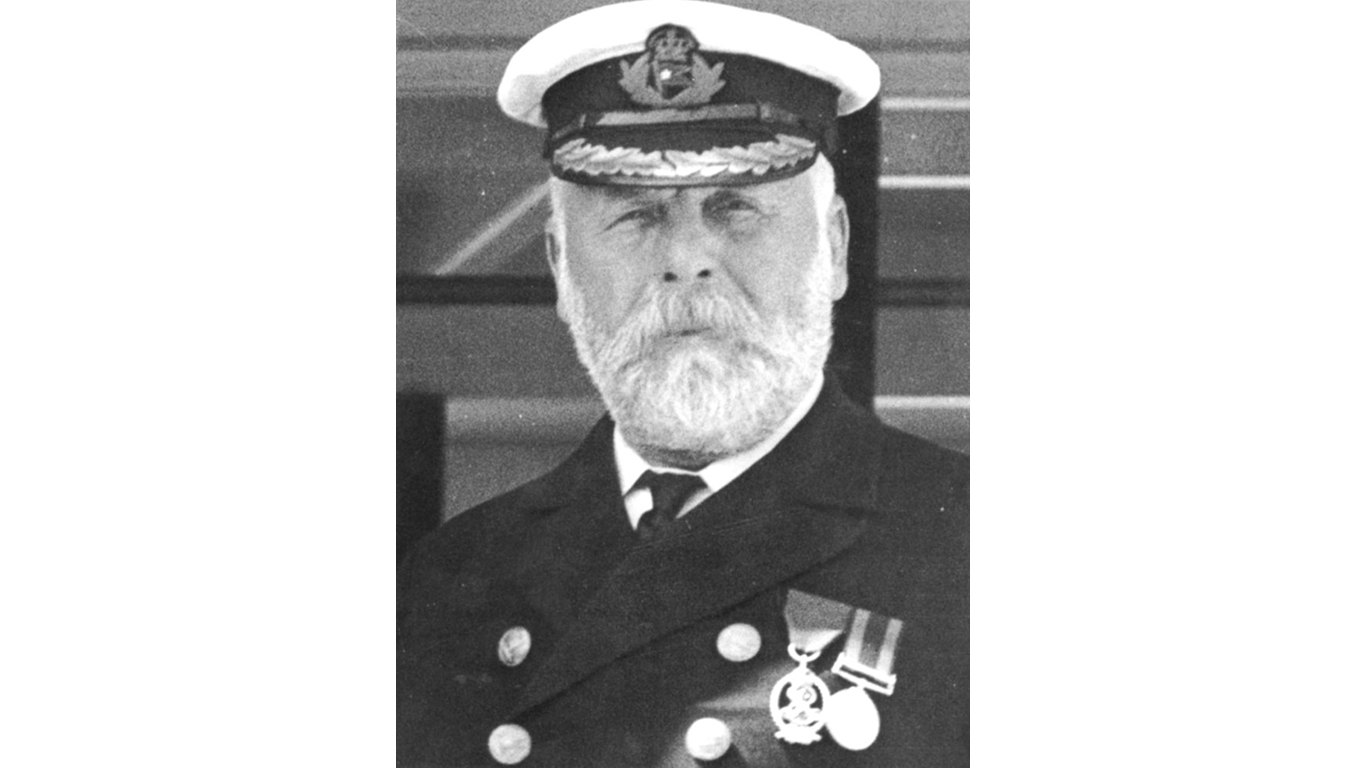
47. A lifeboat drill that was scheduled the day of the crash was cancelled….
…for reasons that remain a mystery today. The decision to cancel the drill was made by Captain Edward Smith.
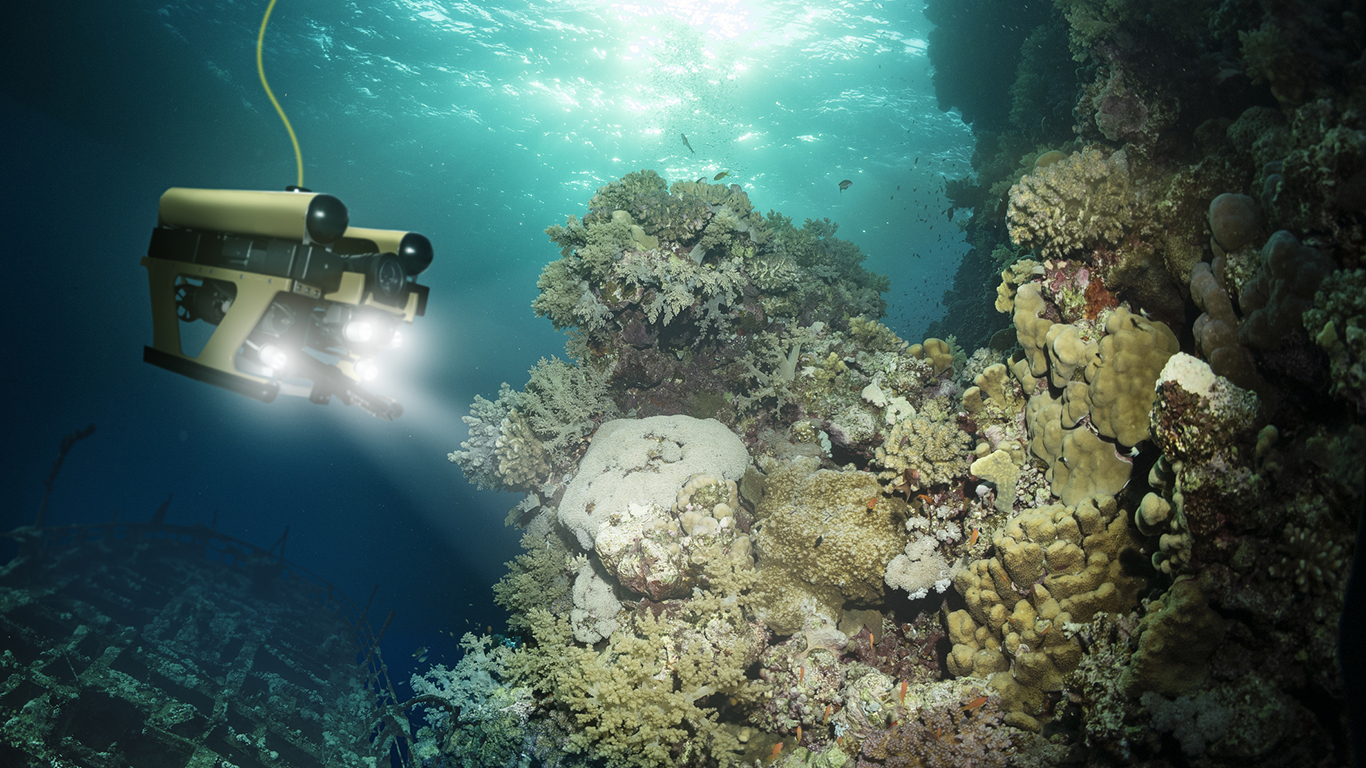
48. Underwater robots took 100,000+ photos of the ship’s wreckage in 2012
Six years ago in March, an expedition sent underwater robots to the wreckage, and through the use of sonar imaging took more than 100,000 photos of hundreds of objects that were likely a part of the ship. With the photos, researchers were able to map the 3-by-5-mile debris field.
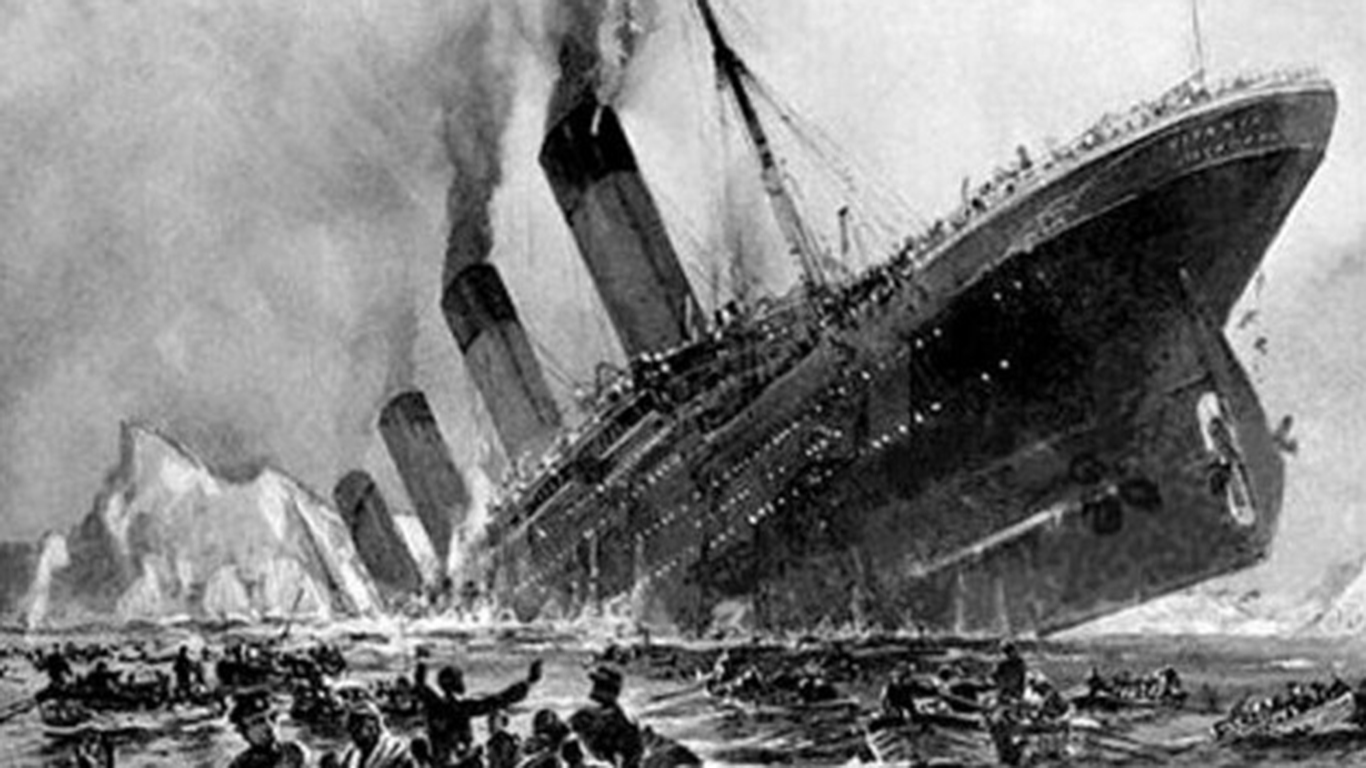
49. The Titanic took two hours and 40 minutes to sink
In its first report of the tragedy, The New York Times ran a headline that said the Titanic sank four hours after hitting the iceberg. Little did the public know that the ship sank at a much faster pace.
[in-text-ad-2]
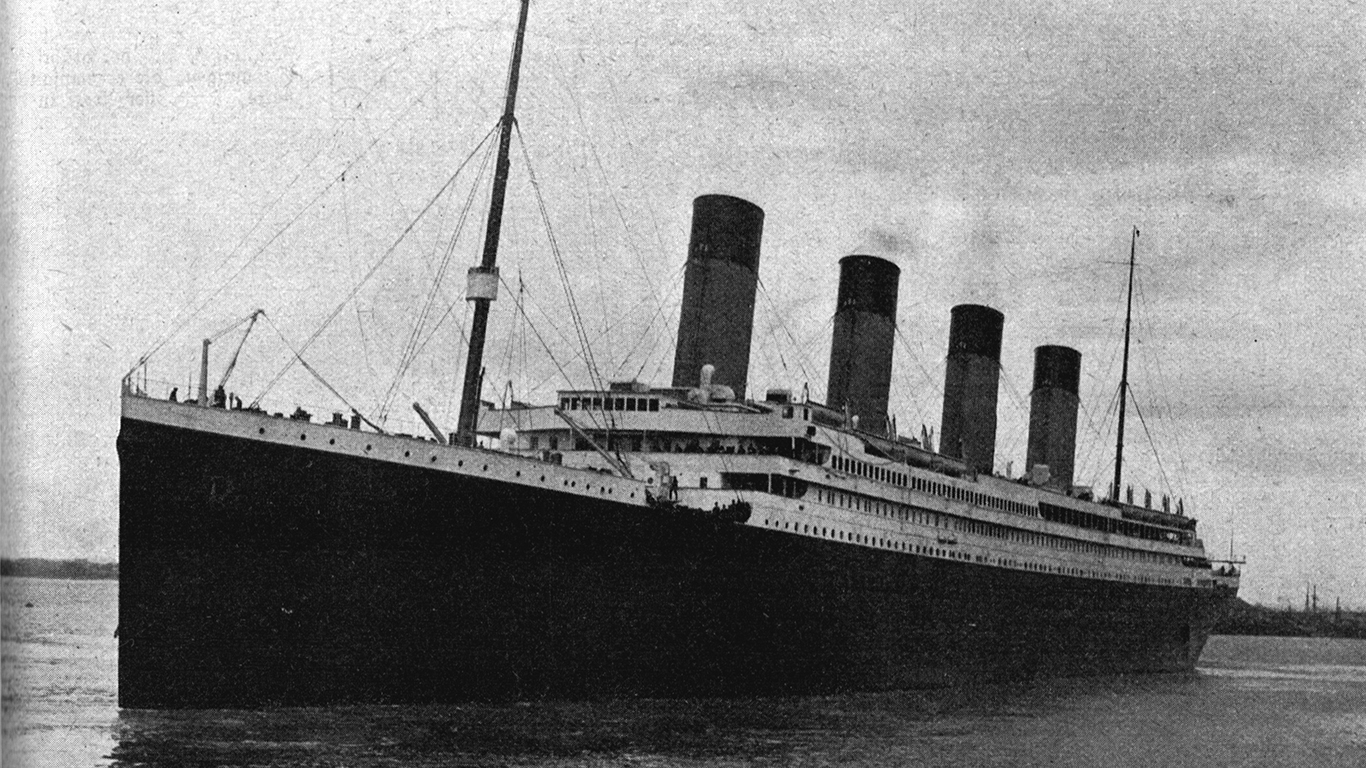
50. Six iceberg warnings before collision
Evidently, the most critical iceberg warning never made it to Captain Edward Smith because of the lack of the prefix MSG, meaning Masters’ Service Gram. This acronym would have required the captain to personally acknowledge receipt of the message. Because it did not have the MSG prefix, the senior radio operator did not think the message was important.
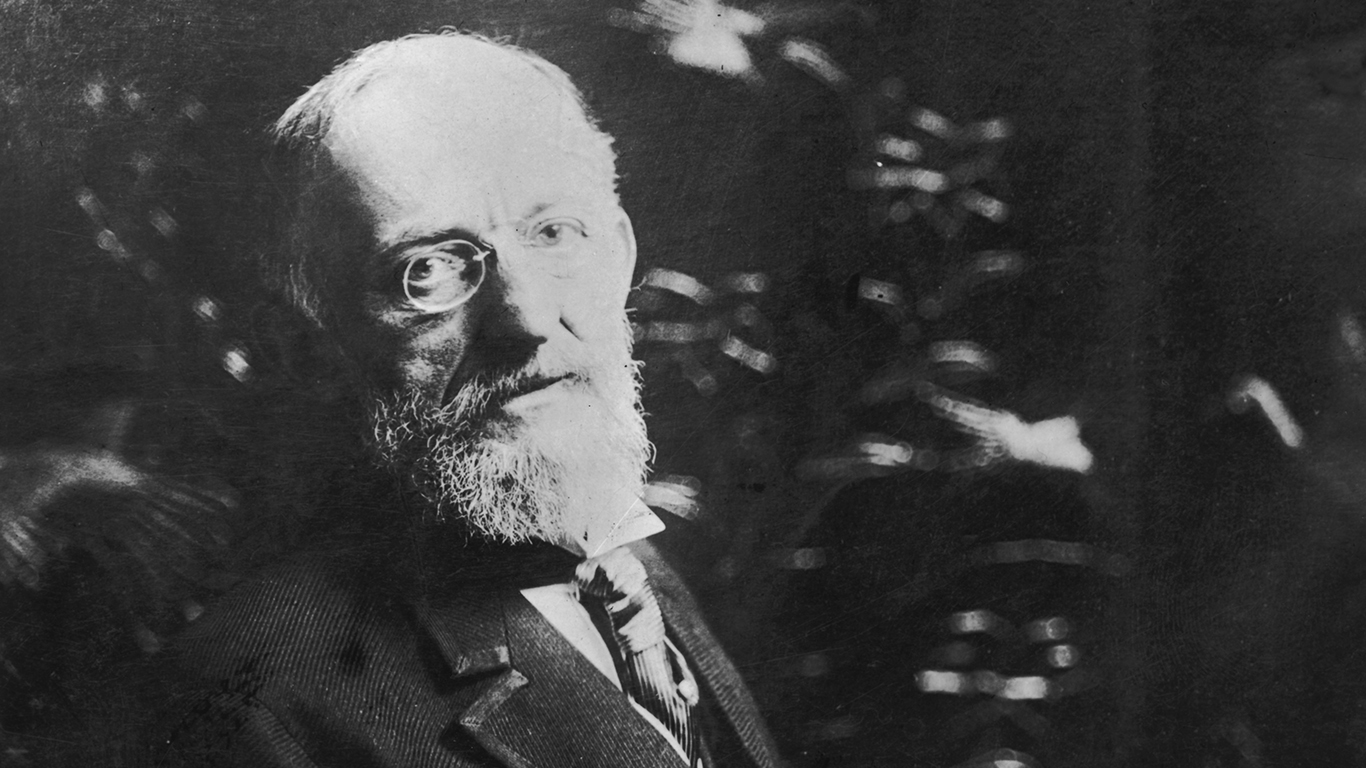
51. Ida Straus refused to get in the lifeboat without her husband Isidor
Macy Department Store owners from New York, Ida and Isidor Straus, share perhaps one of the most heart-wrenching love stories of the Titanic. Ida refused to board the lifeboat without her husband, who turned down a spot offered to him knowing that women and children were still aboard. They perished together.
[in-text-ad]
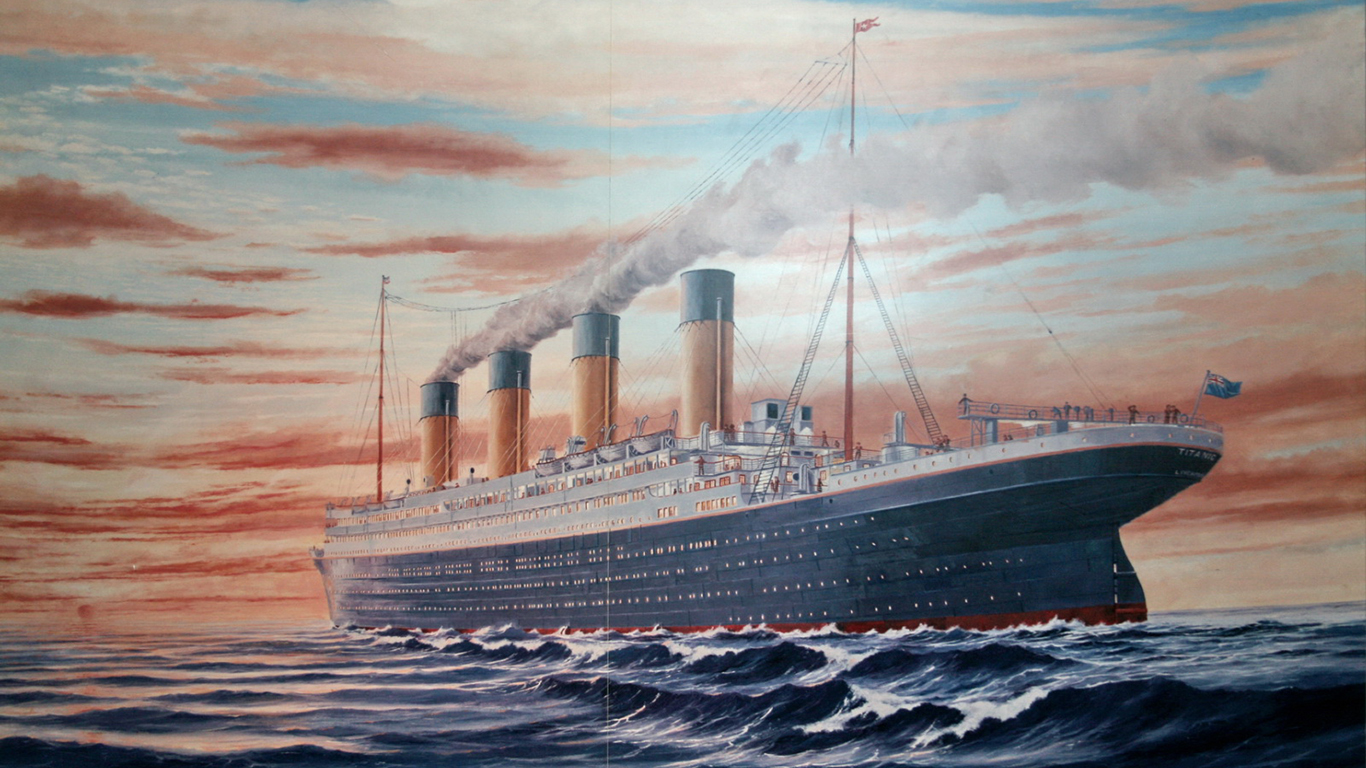
52. Not even a full minute passed between the iceberg sighting and the collision
Only 37 seconds are said to have elapsed from the time the iceberg was sighted until the Titanic collided with the iceberg.
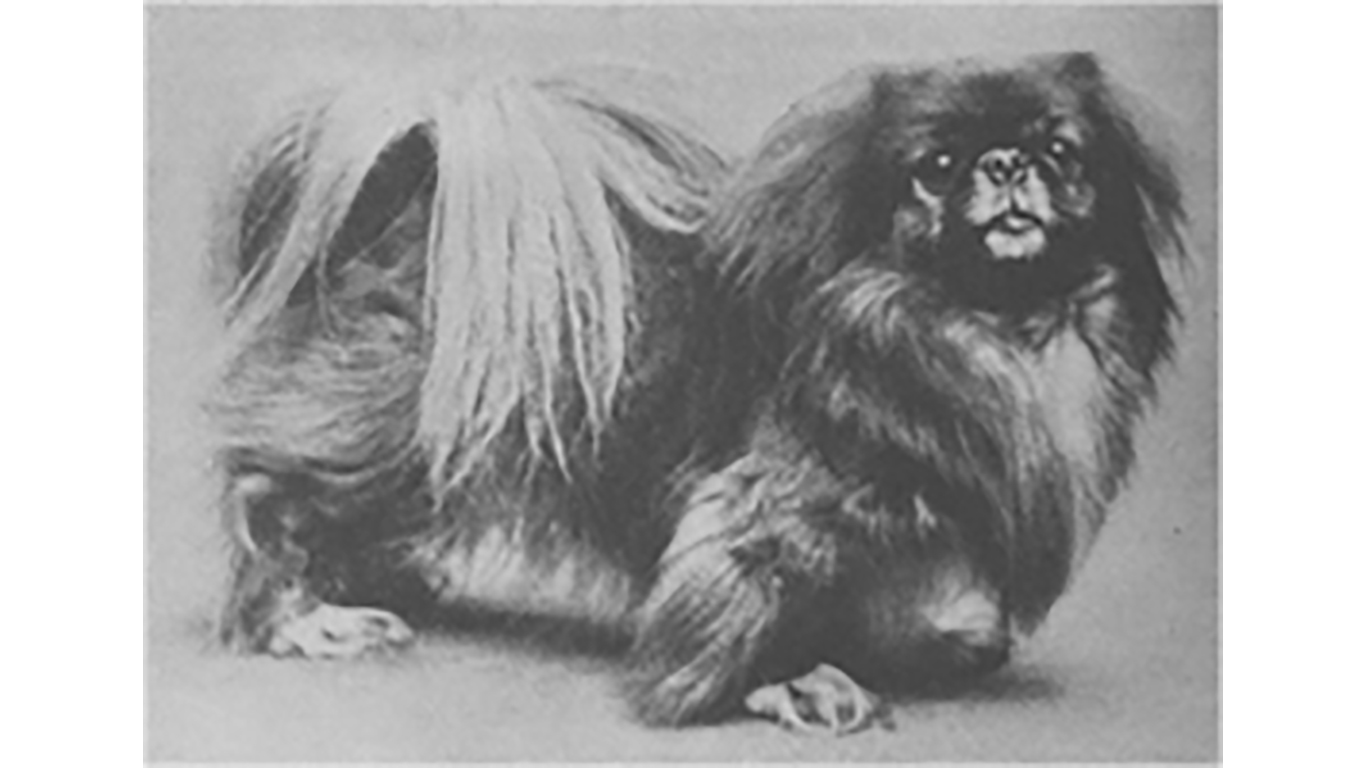
53. Two dogs were rescued from the ship
There were nine dogs aboard the ship, but only two survived — a Pomeranian and a Pekinese.
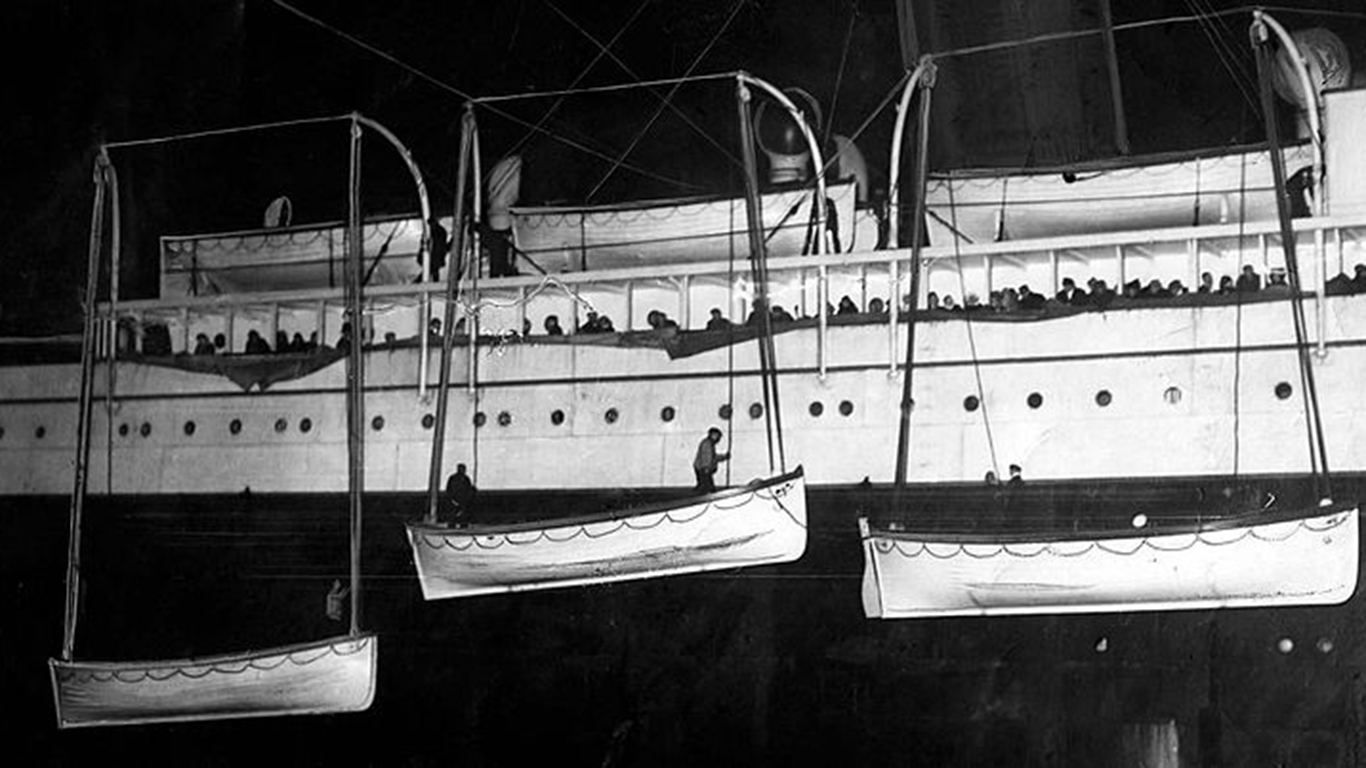
54. The last supper served to first-class passengers was an 11-course meal
The menu consisted of hors d’oeuvres like oysters, main courses such as filet mignon, and desserts like chocolate and vanilla eclairs.
[in-text-ad-2]

55. The ship sank very fast
The ship broke in two, and the bow sank to the sea bottom at an estimated 35 mph, and the stern descended at an estimated 50 mph.
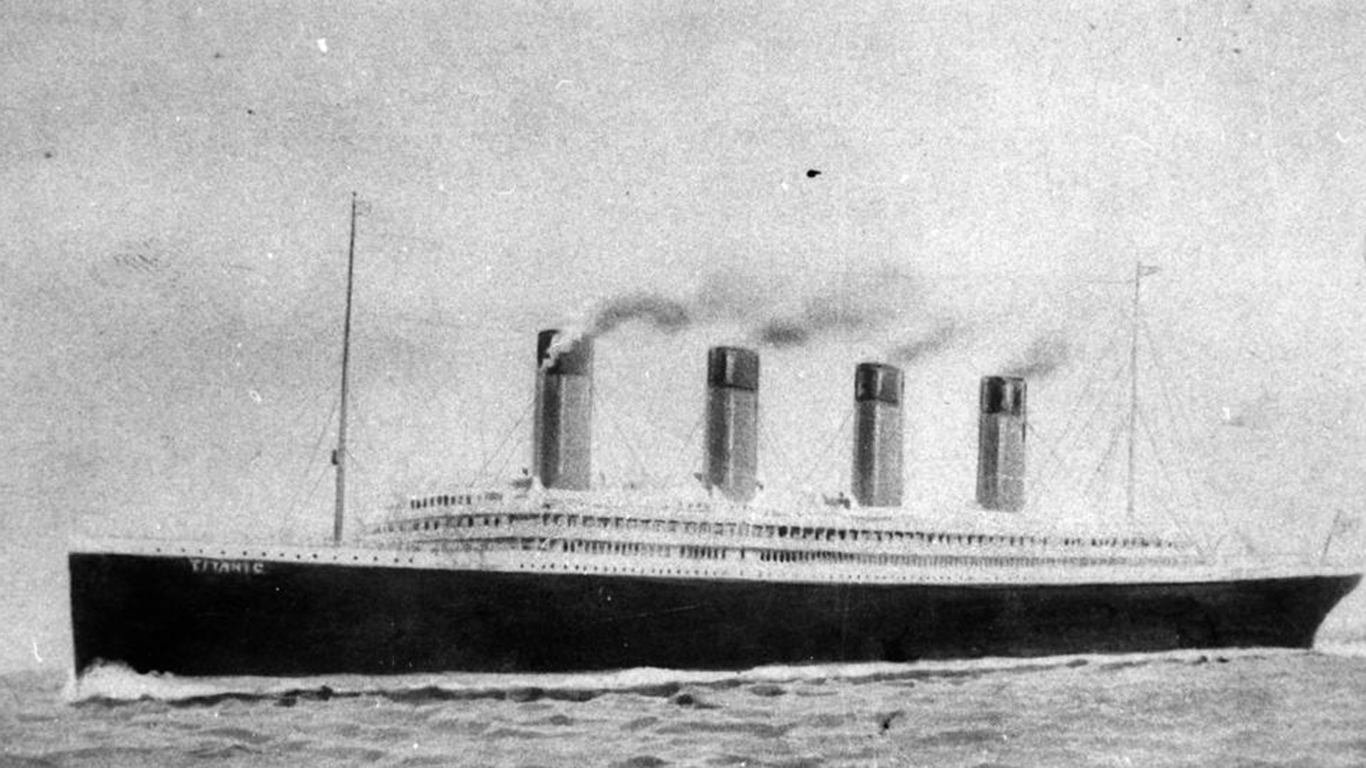
56. Only a few hundred bodies were recovered after the crash
Rescue ships recovered only 306 bodies from the icy water. Many of the deceased were taken to Halifax, Nova Scotia.
[in-text-ad]
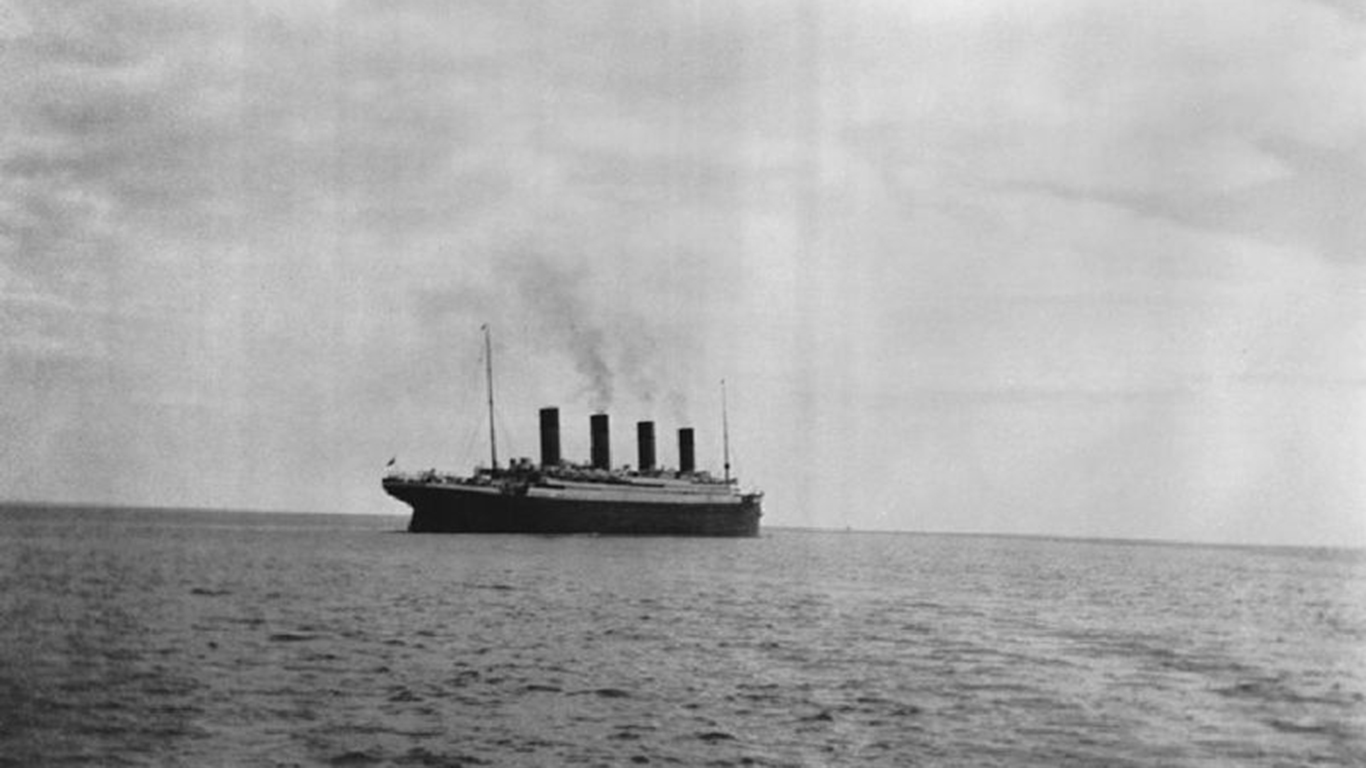
57. The ship slipped beneath the ocean’s surface at 2:20 a.m. on April 15, 1912
The Titanic, believed to be unsinkable at the time, is one of the biggest disasters in commercial maritime history.
Retirement can be daunting, but it doesn’t need to be.
Imagine having an expert in your corner to help you with your financial goals. Someone to help you determine if you’re ahead, behind, or right on track. With SmartAsset, that’s not just a dream—it’s reality. This free tool connects you with pre-screened financial advisors who work in your best interests. It’s quick, it’s easy, so take the leap today and start planning smarter!
Don’t waste another minute; get started right here and help your retirement dreams become a retirement reality.
Thank you for reading! Have some feedback for us?
Contact the 24/7 Wall St. editorial team.